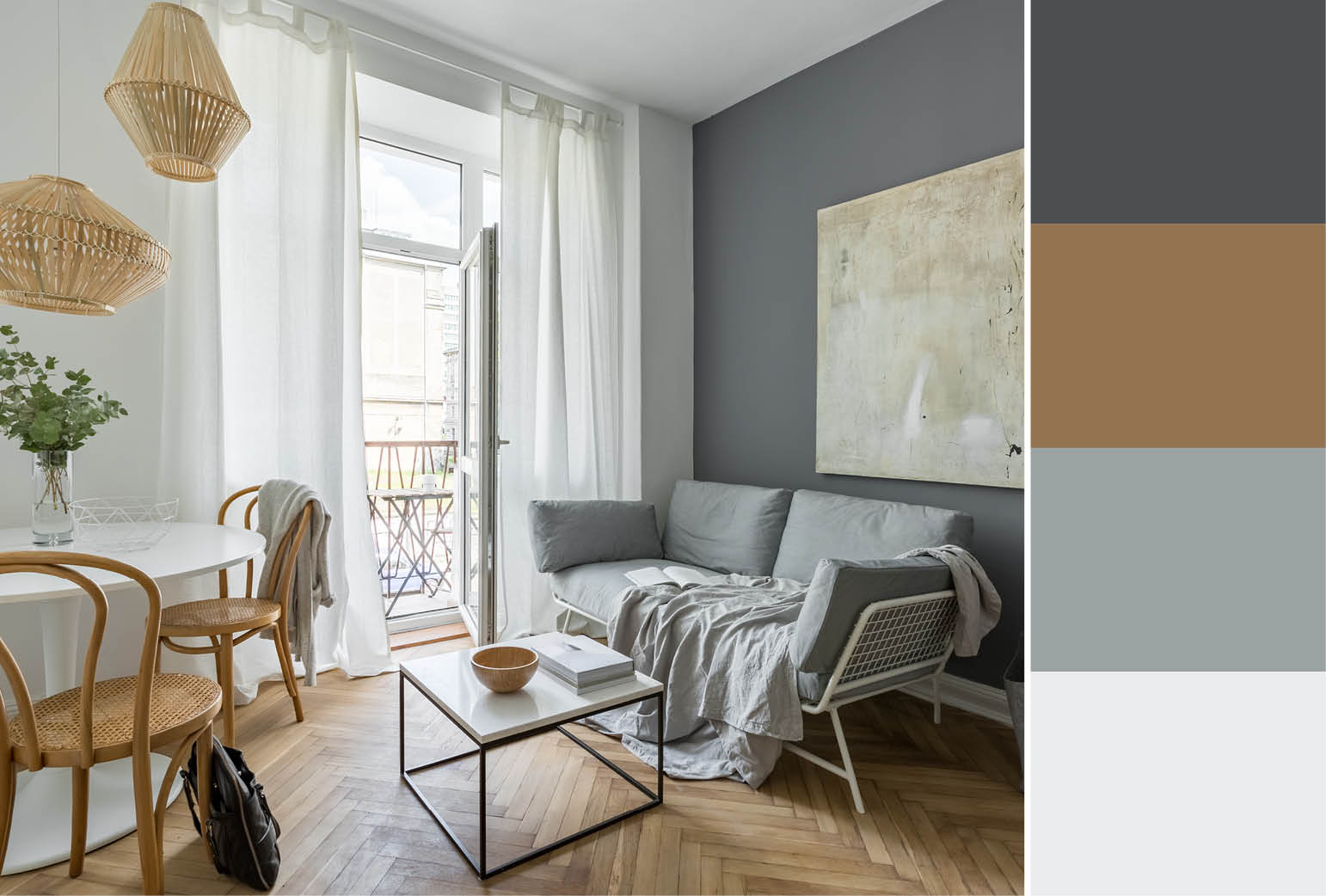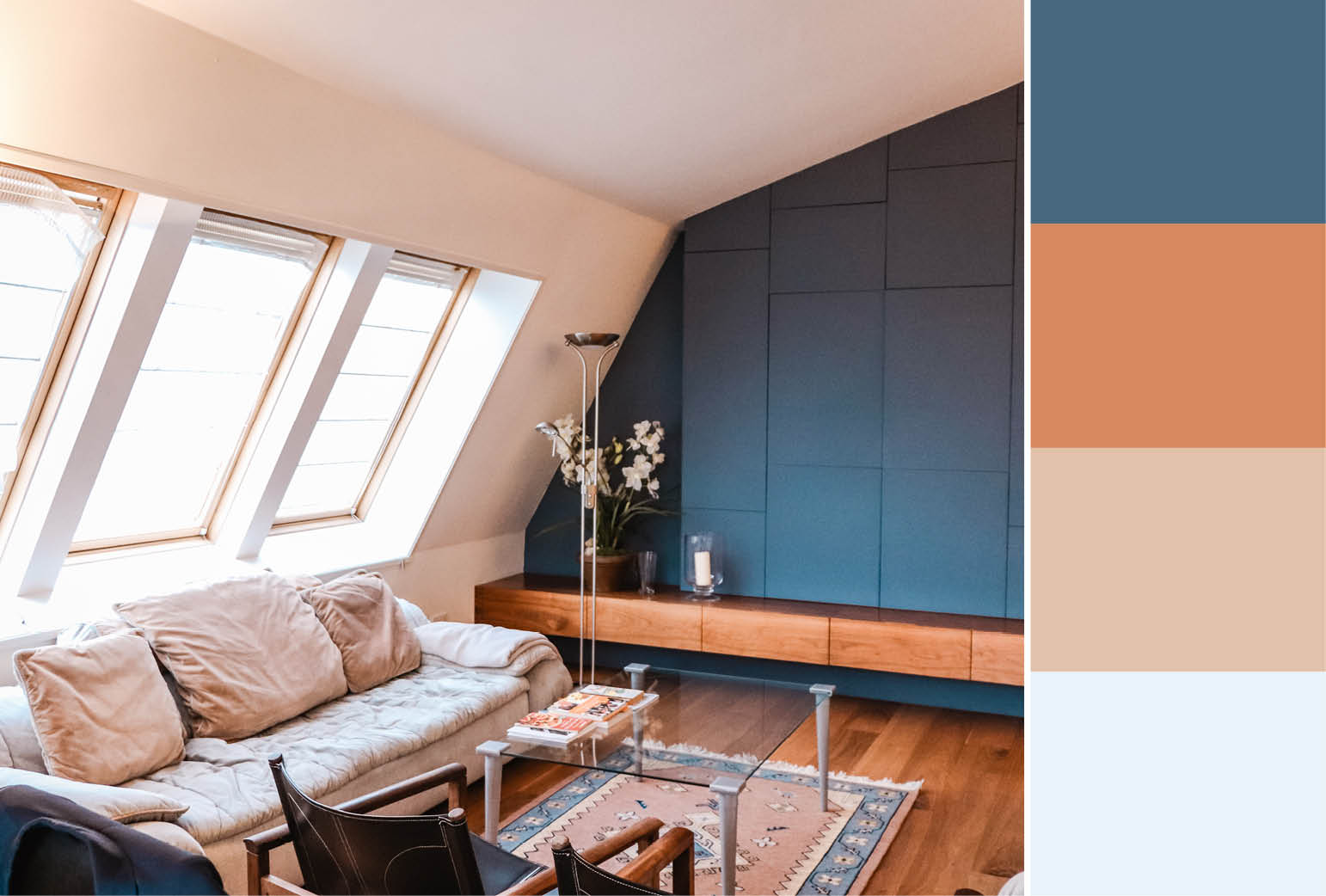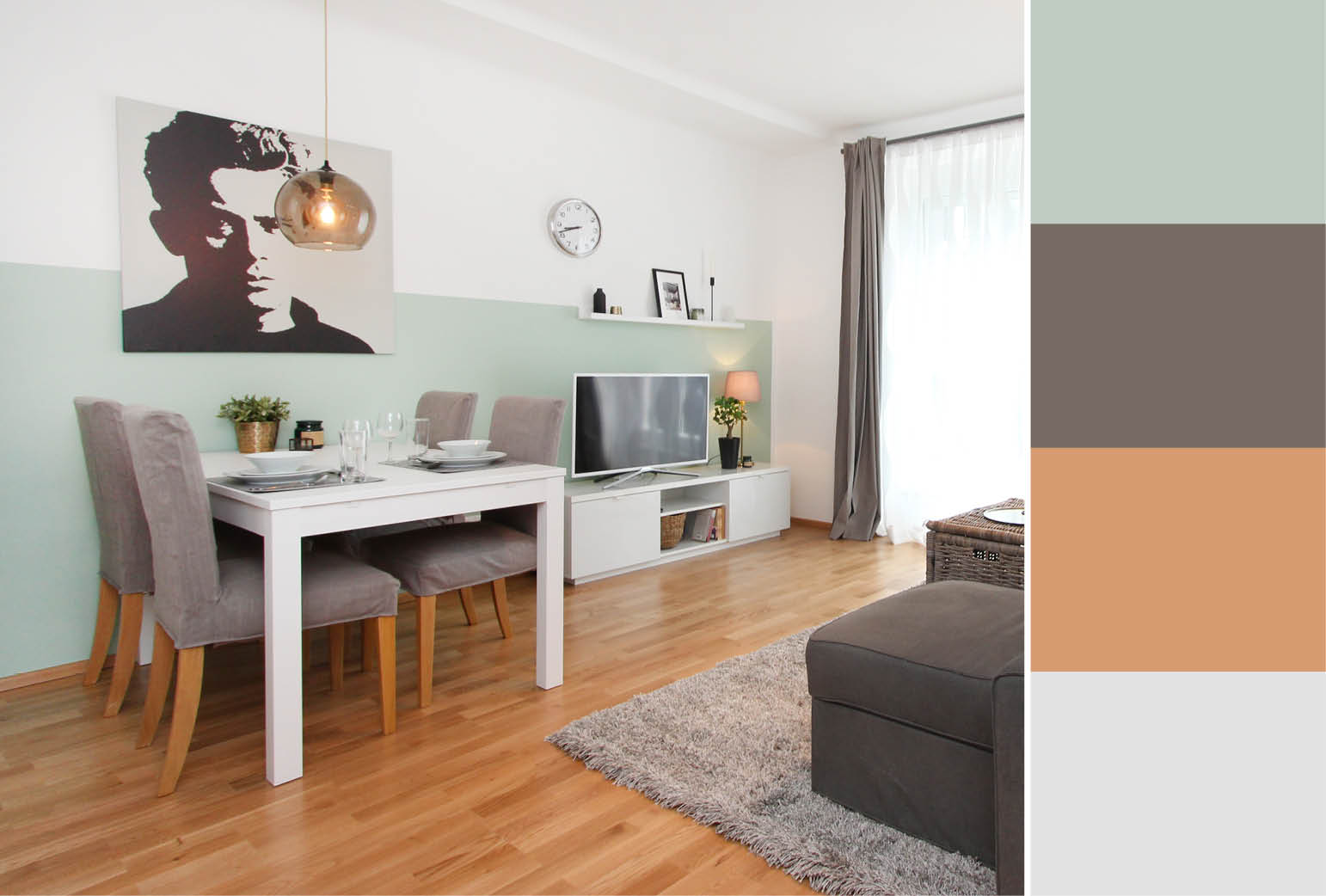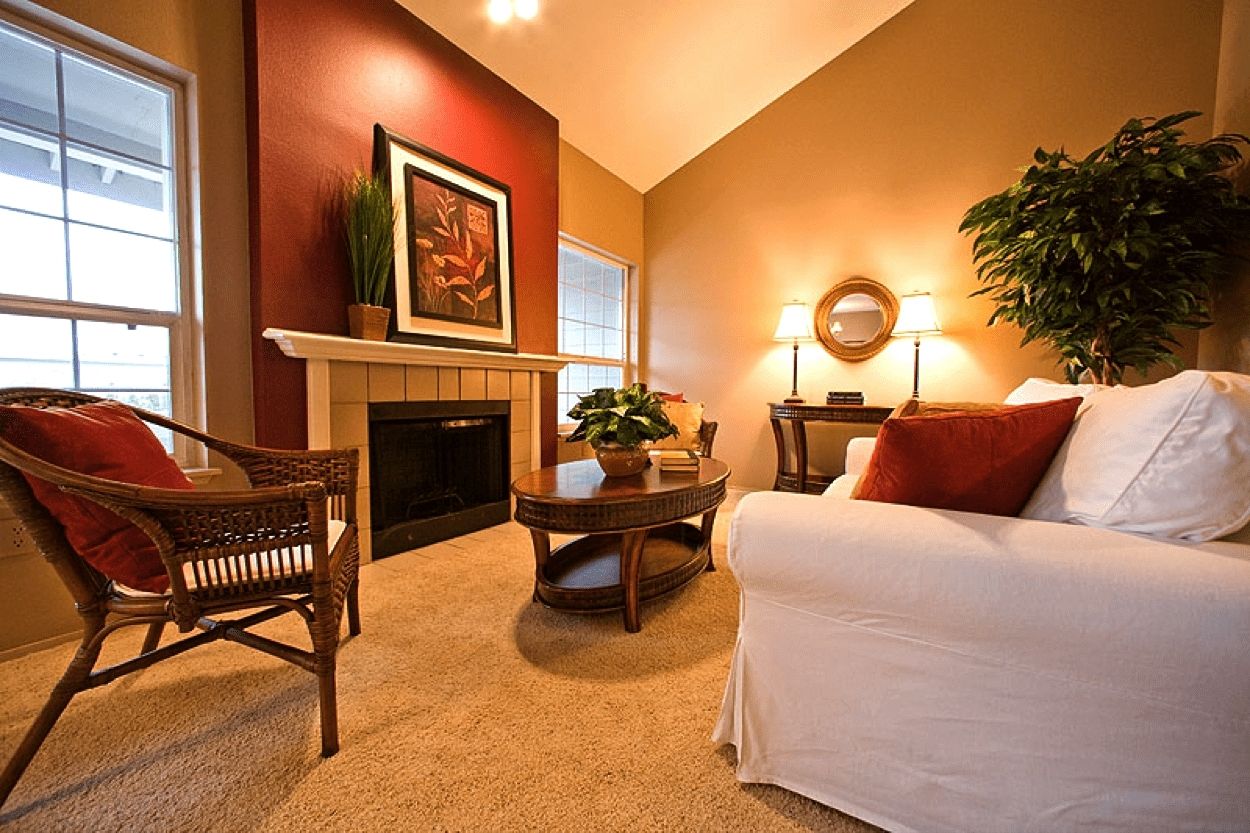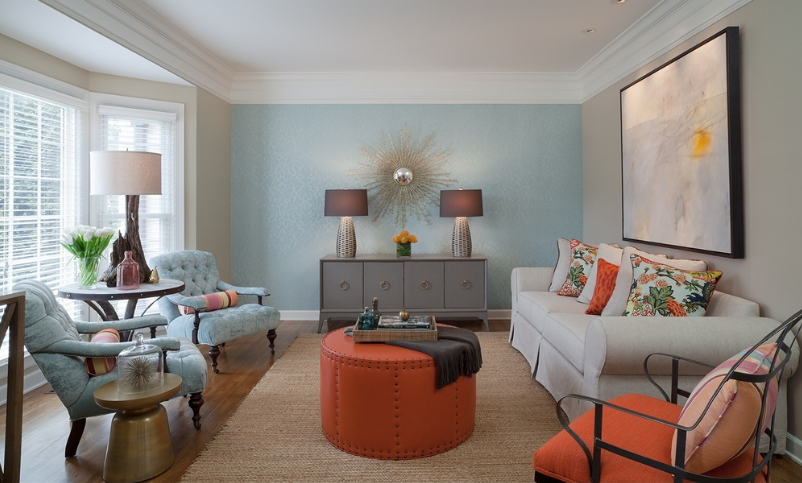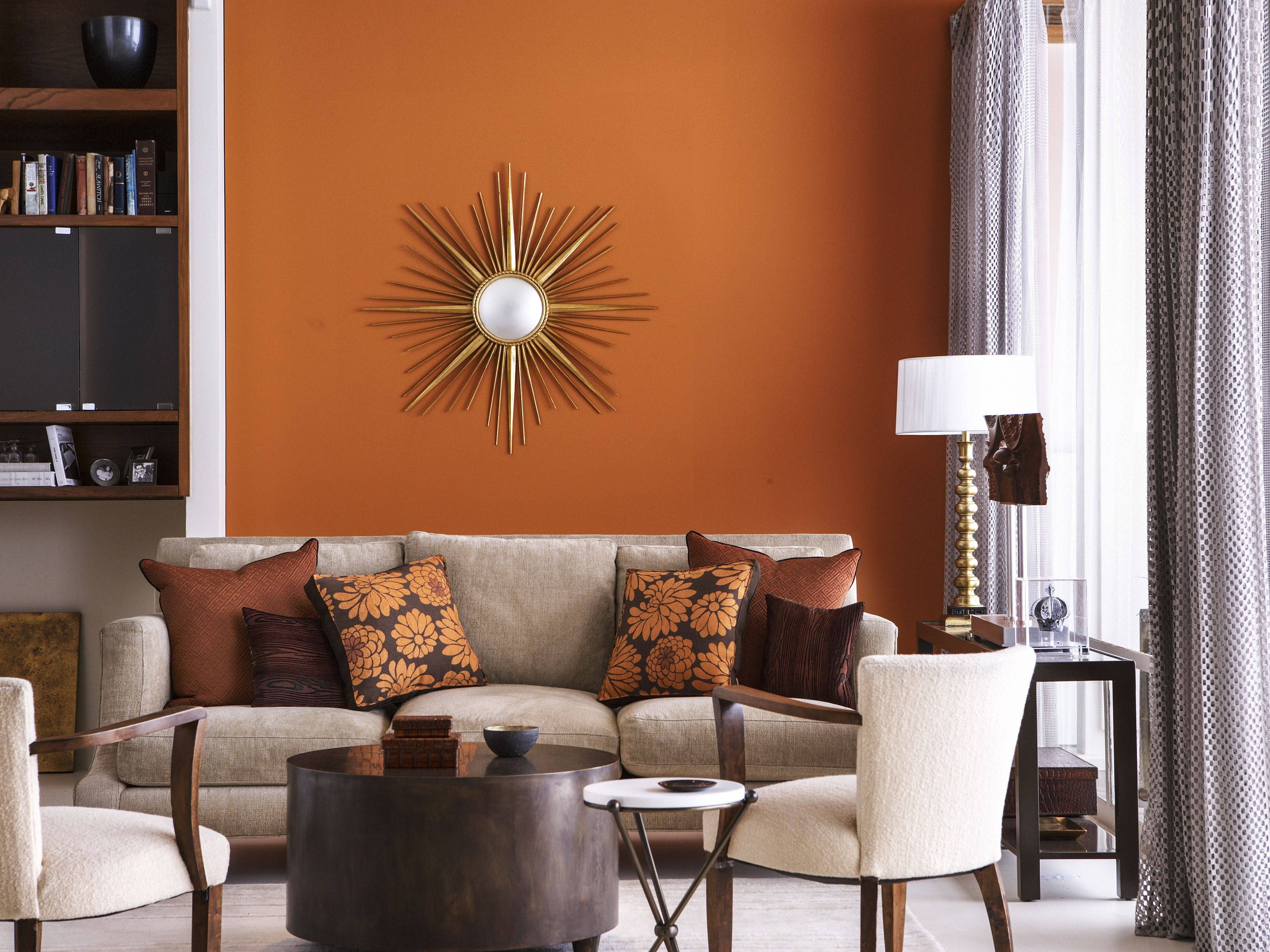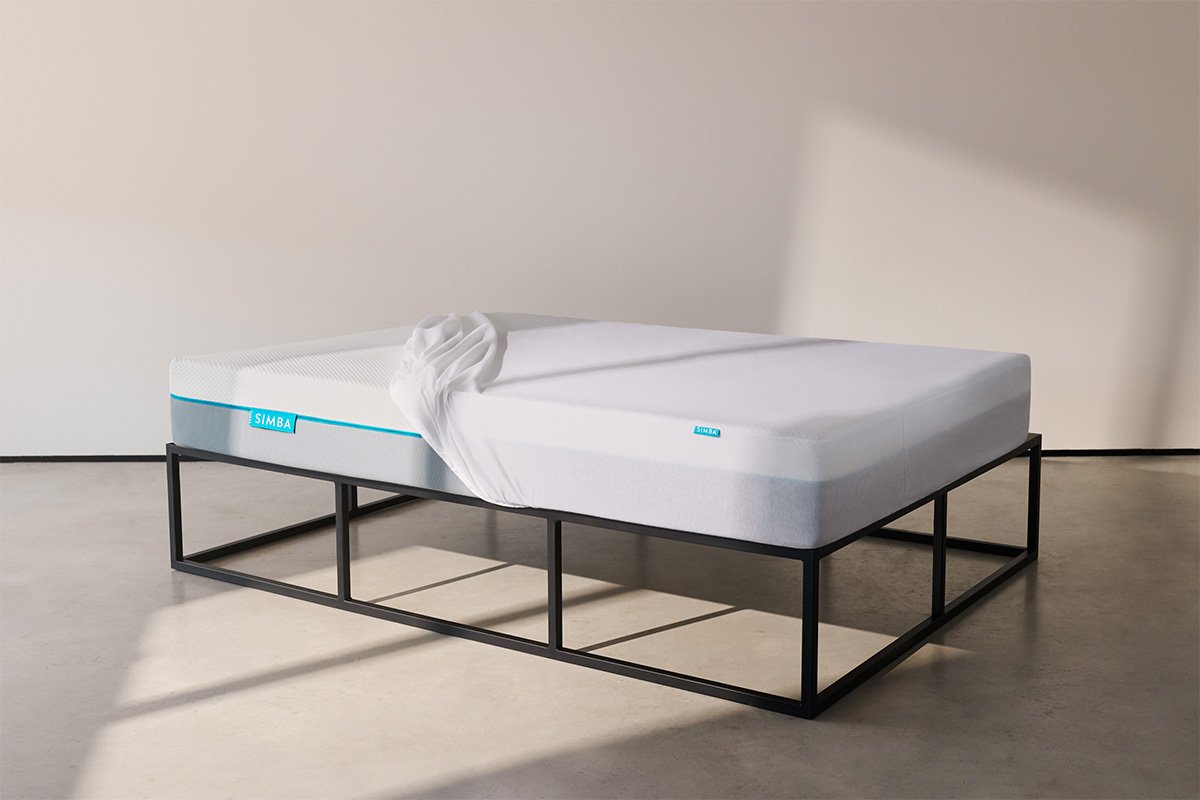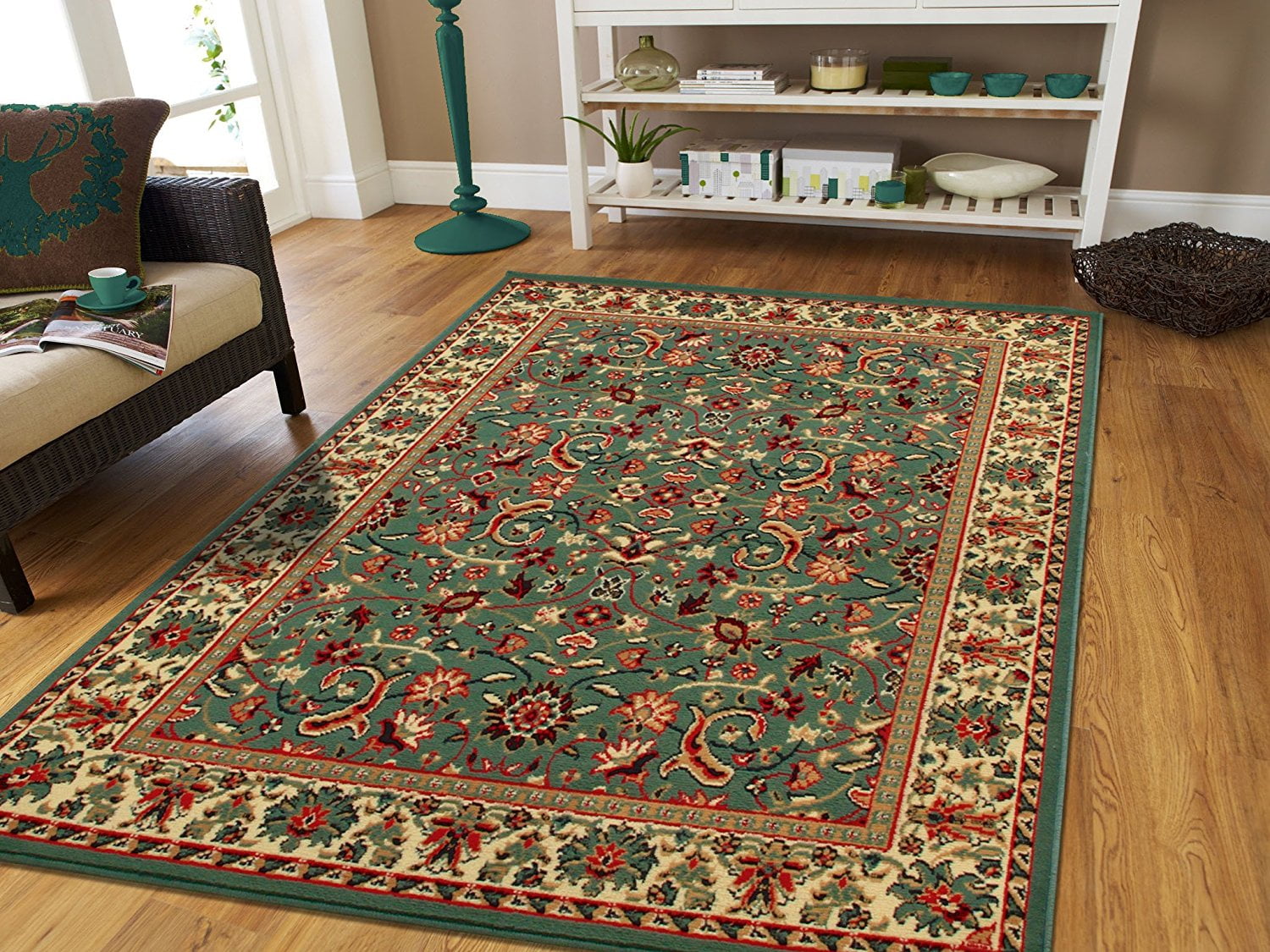Neutral Colors
Neutral colors are a popular choice for living rooms because they provide a calming and versatile backdrop for any design style. Shades of white, beige, and gray can create a neutral color scheme that is timeless and easy to work with. These colors can be used on walls, furniture, and accents to create a cohesive and harmonious look.
Neutral colors are also great for small living rooms, as they can make a space feel larger and more open. They also provide a blank canvas for adding pops of color or patterns with accessories and decor. Some popular neutral colors to consider for your living room include ivory, taupe, and charcoal.
Warm Colors
Warm colors, such as red, orange, and yellow, can add energy and warmth to a living room. These colors are often associated with feelings of happiness and can create a cozy and inviting atmosphere. Using warm colors in a living room can also make the space feel more intimate and intimate.
If you want to incorporate warm colors into your living room, consider using them in smaller doses, such as through accent pillows, rugs, or artwork. Too much warm color can be overwhelming, so it's important to balance it out with cooler tones.
Cool Colors
Cool colors, like blue, green, and purple, can create a sense of calm and tranquility in a living room. These colors are often associated with nature and can bring a sense of serenity to a space. Cool colors work well in living rooms that get a lot of natural light, as they can help balance out the brightness.
To incorporate cool colors into your living room, consider using them on larger surfaces, such as walls or furniture. You can then add hints of warm colors through accents to create a well-balanced and visually appealing space.
Earth Tones
Earth tones, such as browns, greens, and tans, can bring a natural and earthy feel to a living room. These colors are often inspired by elements found in nature, such as wood, plants, and soil. Earth tones can create a warm and inviting atmosphere in a living room and work well with a variety of design styles.
Earth tones are a great choice for those looking for a more organic and rustic feel in their living room. They can be used on walls, furniture, and decor to create a cohesive and nature-inspired look. Consider pairing earth tones with warm colors for a cozy and inviting space.
Monochromatic Color Scheme
A monochromatic color scheme involves using different shades and tones of the same color in a living room. This creates a cohesive and harmonious look that is easy on the eyes. Monochromatic color schemes can work with any color, but they are especially popular with neutral colors.
If you want to create a monochromatic color scheme in your living room, start by choosing your base color. Then, select a few shades and tones of that color to use throughout the space. You can add interest by incorporating different textures and patterns in the same color family.
Complementary Colors
Complementary colors are opposite each other on the color wheel, such as blue and orange or red and green. These colors create a high contrast and can bring a bold and vibrant energy to a living room. When used in moderation, complementary colors can add a fun and playful touch to a space.
Complementary colors can be incorporated into a living room through accent pieces, such as throw pillows, rugs, or artwork. You can also use complementary colors on opposite walls to create a focal point in the room.
Analogous Colors
Analogous colors are adjacent to each other on the color wheel, such as blue and green or orange and red. These colors create a harmonious and cohesive look in a living room. Analogous colors can be used to create a subtle and soothing color scheme, perfect for those who prefer a more understated look.
To create an analogous color scheme in your living room, choose a main color and then select one or two shades on either side of it. You can then use these colors on walls, furniture, and decor to create a balanced and visually pleasing space.
Triadic Color Scheme
A triadic color scheme involves using three colors that are evenly spaced on the color wheel, such as red, yellow, and blue. This color scheme can create a vibrant and energetic living room, as the colors contrast and complement each other. Triadic color schemes work best when one color is used as the dominant color and the other two as accents.
To incorporate a triadic color scheme in your living room, choose one color to be the main focus and then use the other two as accents throughout the space. You can also use a neutral color as a base to help balance out the vibrancy of the other colors.
Tetradic Color Scheme
A tetradic color scheme involves using four colors that are evenly spaced on the color wheel, such as yellow, green, red, and purple. This color scheme can create a bold and dynamic living room, as the colors provide a high contrast and balance each other out. Tetradic color schemes work best when one color is used as the dominant color and the other three as accents.
If you want to try a tetradic color scheme in your living room, select one color to be the main focus and then use the other three as accents. You can also use neutral colors to help balance out the brightness and boldness of the other colors.
Accent Colors
Accent colors are those that are used in small doses to add pops of color and interest to a living room. These colors can be any shade or tone that stands out against the main color scheme. Accent colors can be used through furniture, decor, and accessories to add personality and visual appeal to a living room.
Accent colors can be chosen based on personal preference or to tie in with other elements in the room, such as artwork or a rug. They can also be changed out seasonally or as trends change, making them a versatile and fun way to add color to a living room.
Creating a Cozy and Inviting Living Room with the Right Colors

Why Color Choice Matters
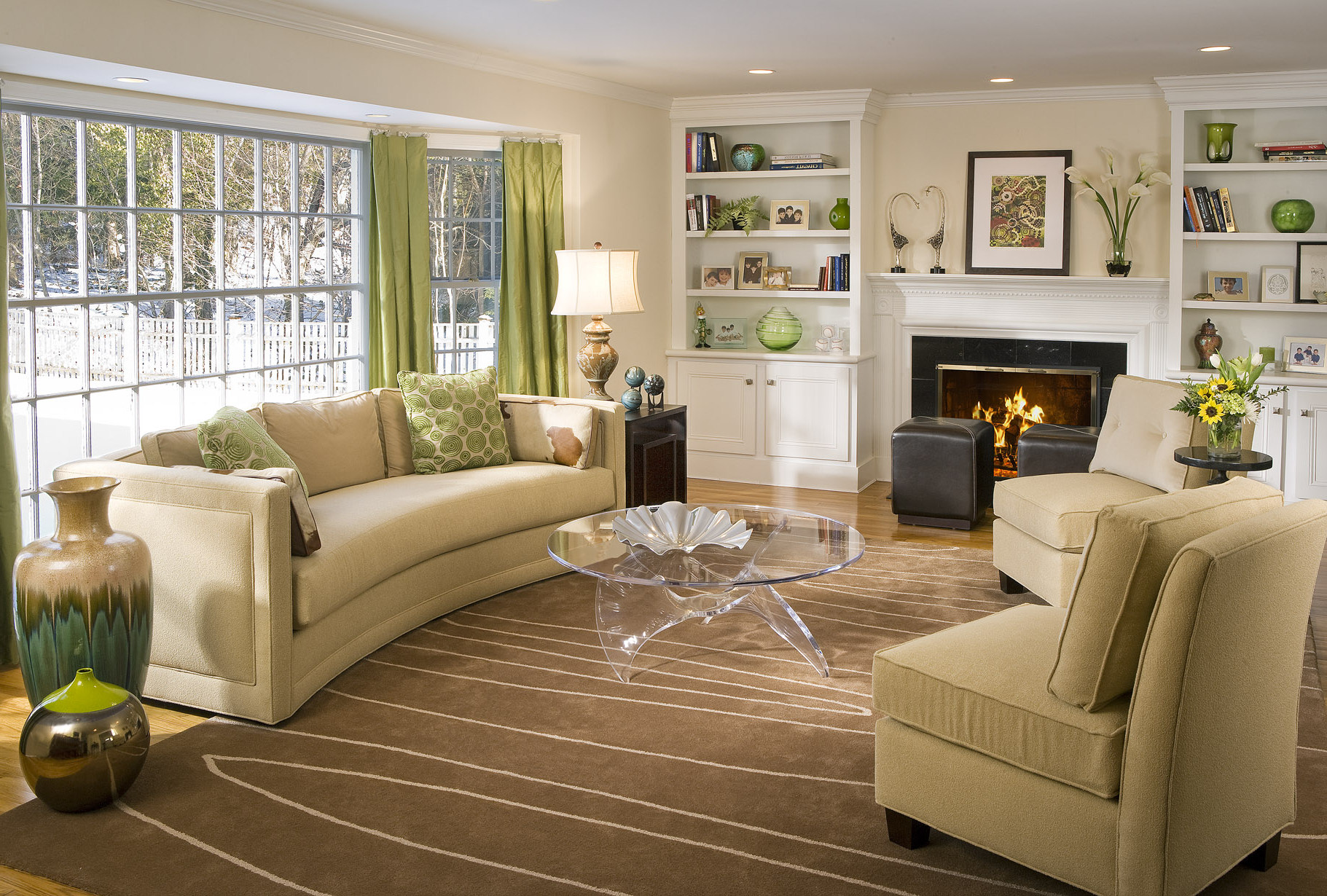 The living room is often the heart of a home, where family and friends gather to relax and spend quality time together. It is important to carefully consider the colors used in this space as they can greatly impact the overall atmosphere and mood.
Colors have the power to evoke emotions and set the tone for a room
, making it essential to choose the right ones for a cozy and inviting living room.
The living room is often the heart of a home, where family and friends gather to relax and spend quality time together. It is important to carefully consider the colors used in this space as they can greatly impact the overall atmosphere and mood.
Colors have the power to evoke emotions and set the tone for a room
, making it essential to choose the right ones for a cozy and inviting living room.
Warm and Inviting Colors
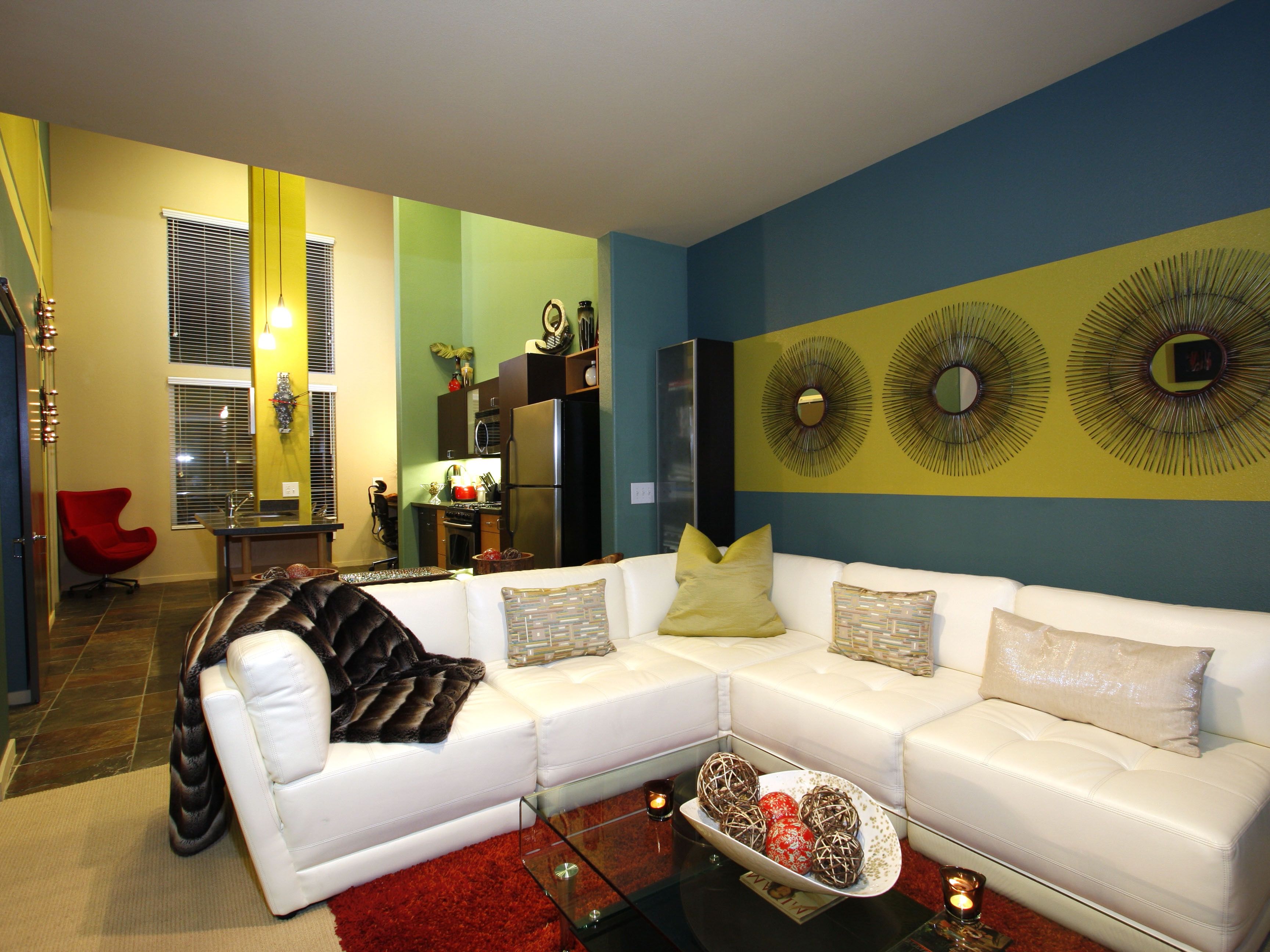 When it comes to creating a warm and inviting living room,
earthy tones such as warm browns, rich reds, and deep oranges
are excellent choices. These colors exude a sense of warmth and comfort, making the space feel cozy and welcoming. Pair these colors with natural materials like wood and rattan for a rustic and inviting feel.
When it comes to creating a warm and inviting living room,
earthy tones such as warm browns, rich reds, and deep oranges
are excellent choices. These colors exude a sense of warmth and comfort, making the space feel cozy and welcoming. Pair these colors with natural materials like wood and rattan for a rustic and inviting feel.
Calming and Serene Colors
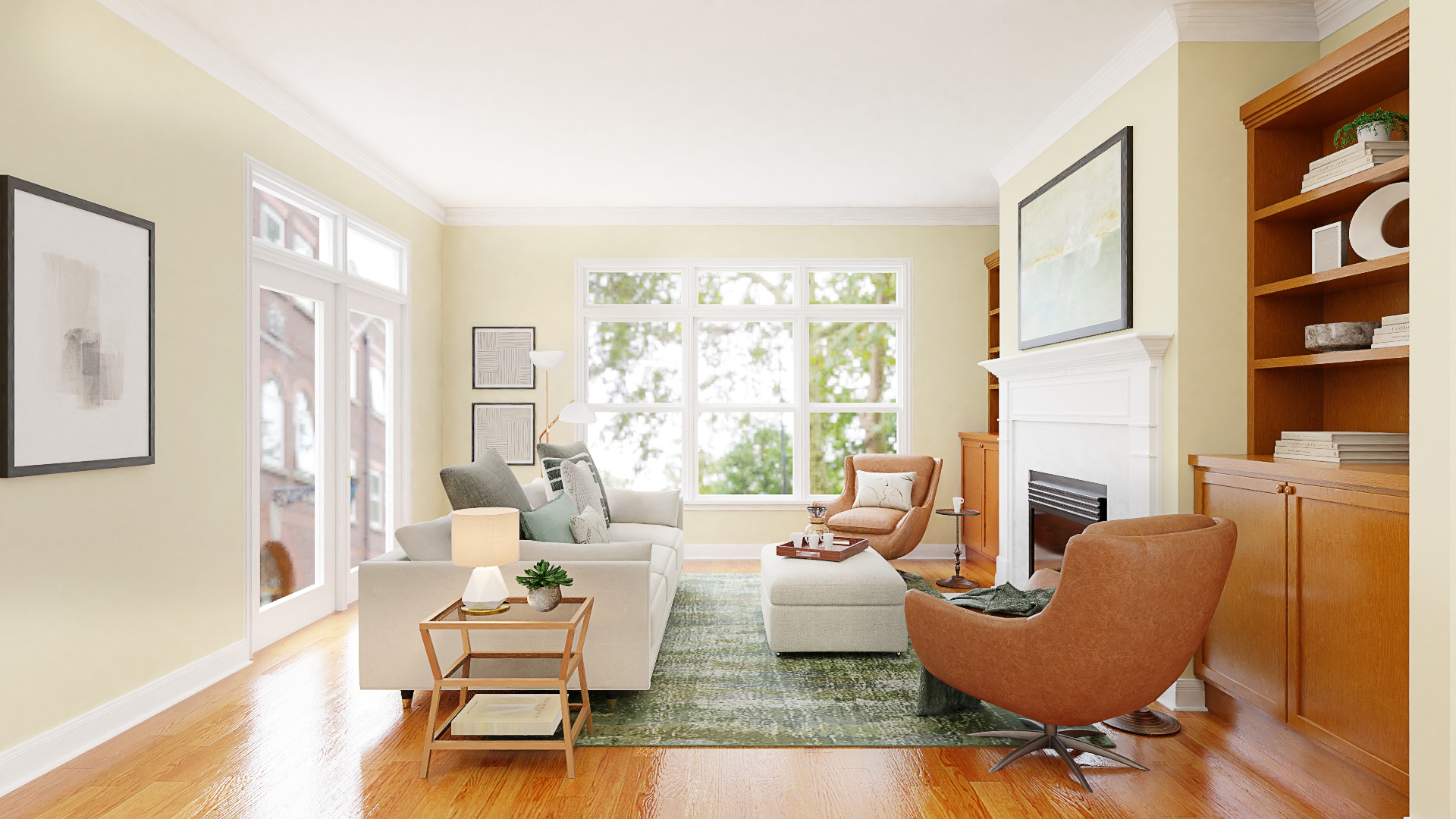 If you are looking to create a more tranquil and calming living room,
cool colors such as shades of blue, green, and purple
are ideal. These colors have a calming effect on the mind and can help create a serene and peaceful atmosphere. Consider using these colors in muted tones for a more subtle and sophisticated look.
If you are looking to create a more tranquil and calming living room,
cool colors such as shades of blue, green, and purple
are ideal. These colors have a calming effect on the mind and can help create a serene and peaceful atmosphere. Consider using these colors in muted tones for a more subtle and sophisticated look.
Adding Pops of Color
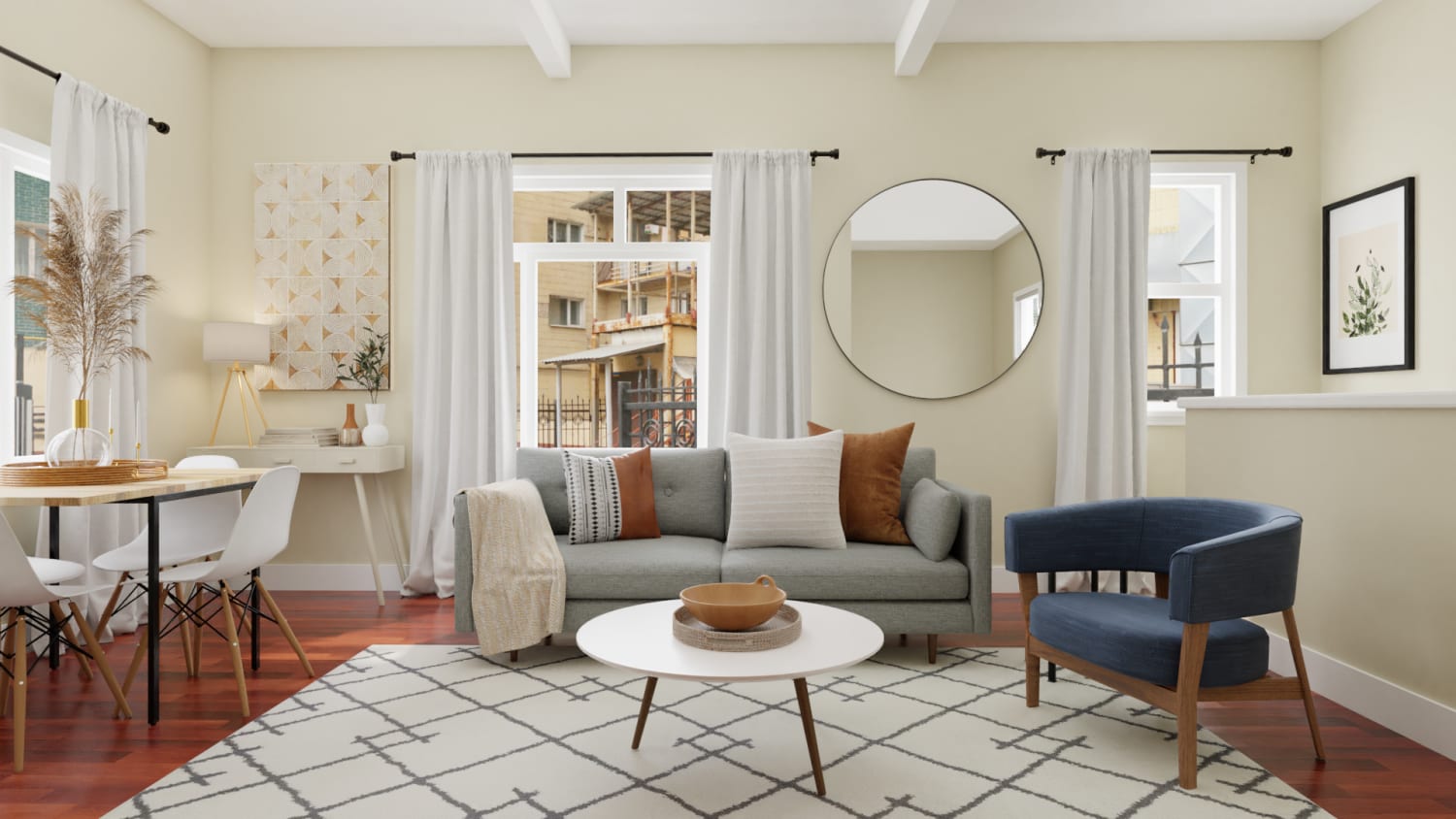 While neutral or muted colors are often a safe choice,
adding pops of color can bring life and personality to a living room
. Try incorporating a bold accent color through throw pillows, artwork, or a statement piece of furniture. This will add visual interest and create a unique and inviting space.
While neutral or muted colors are often a safe choice,
adding pops of color can bring life and personality to a living room
. Try incorporating a bold accent color through throw pillows, artwork, or a statement piece of furniture. This will add visual interest and create a unique and inviting space.
Consider the Lighting
 When choosing colors for a living room, it is important to consider the lighting in the space.
Natural light can enhance warm colors, while cool colors may appear dull and lifeless in a dimly lit room
. Pay attention to the direction and intensity of light in your living room and choose colors accordingly.
When choosing colors for a living room, it is important to consider the lighting in the space.
Natural light can enhance warm colors, while cool colors may appear dull and lifeless in a dimly lit room
. Pay attention to the direction and intensity of light in your living room and choose colors accordingly.
Final Thoughts
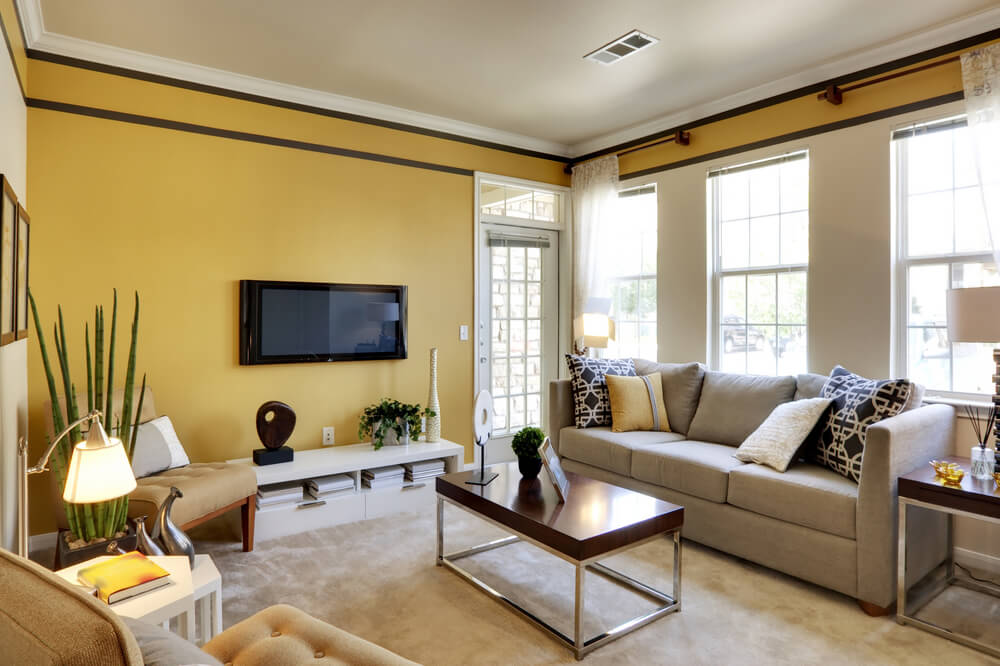 In conclusion,
colors play a crucial role in creating a cozy and inviting living room
. Whether you opt for warm and earthy tones or cool and calming colors, it is important to choose colors that reflect your personal style and create the desired atmosphere in your home. With these tips in mind, you can create a beautiful and welcoming living room that you and your loved ones will enjoy spending time in.
In conclusion,
colors play a crucial role in creating a cozy and inviting living room
. Whether you opt for warm and earthy tones or cool and calming colors, it is important to choose colors that reflect your personal style and create the desired atmosphere in your home. With these tips in mind, you can create a beautiful and welcoming living room that you and your loved ones will enjoy spending time in.

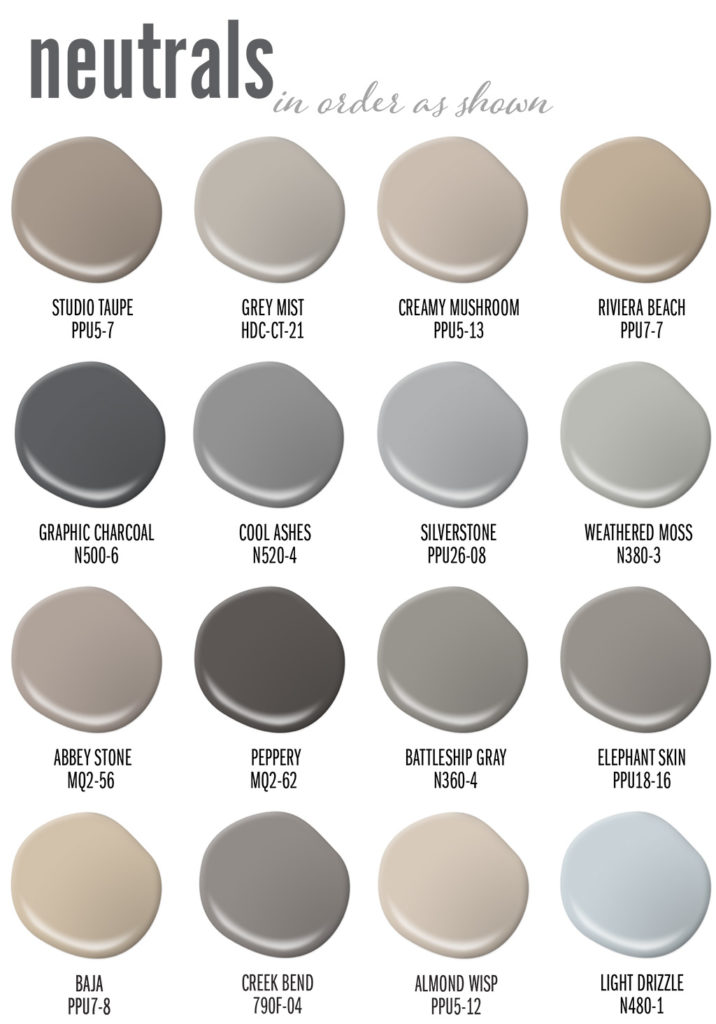

:max_bytes(150000):strip_icc()/what-is-a-neutral-color-1973822-03-3fab8b5a361d49638d3de1cbaf579a22.jpg)
/Lee-Edwards-Getty-Images-56a5ae653df78cf7728968ec.jpg)

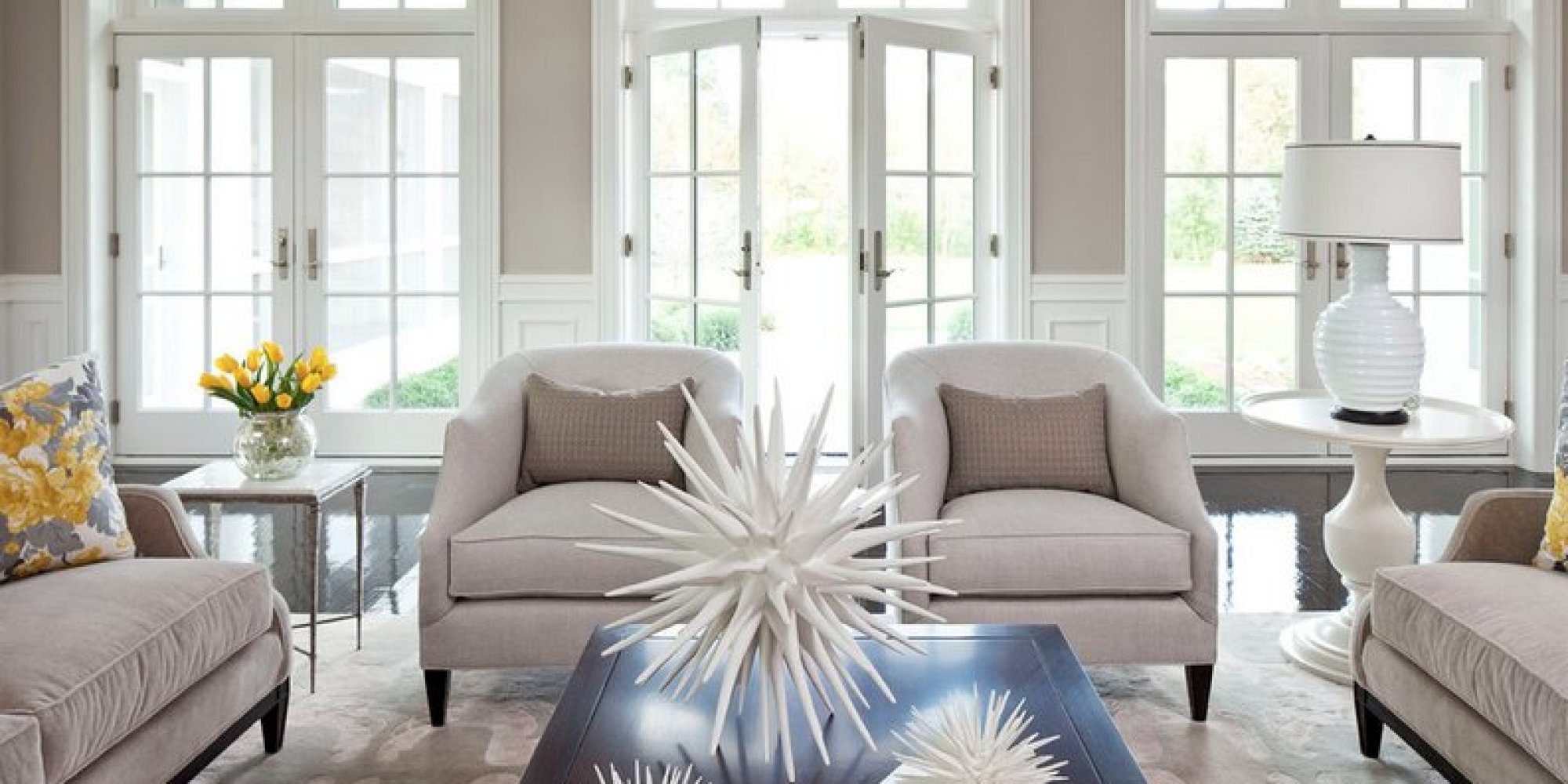
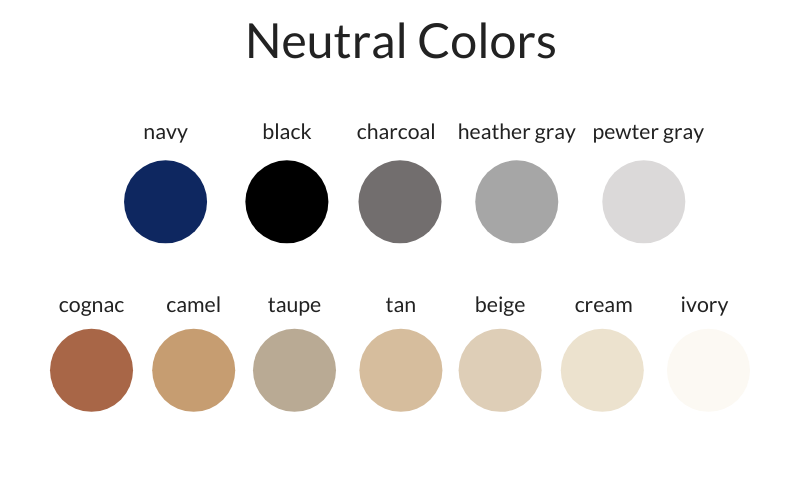
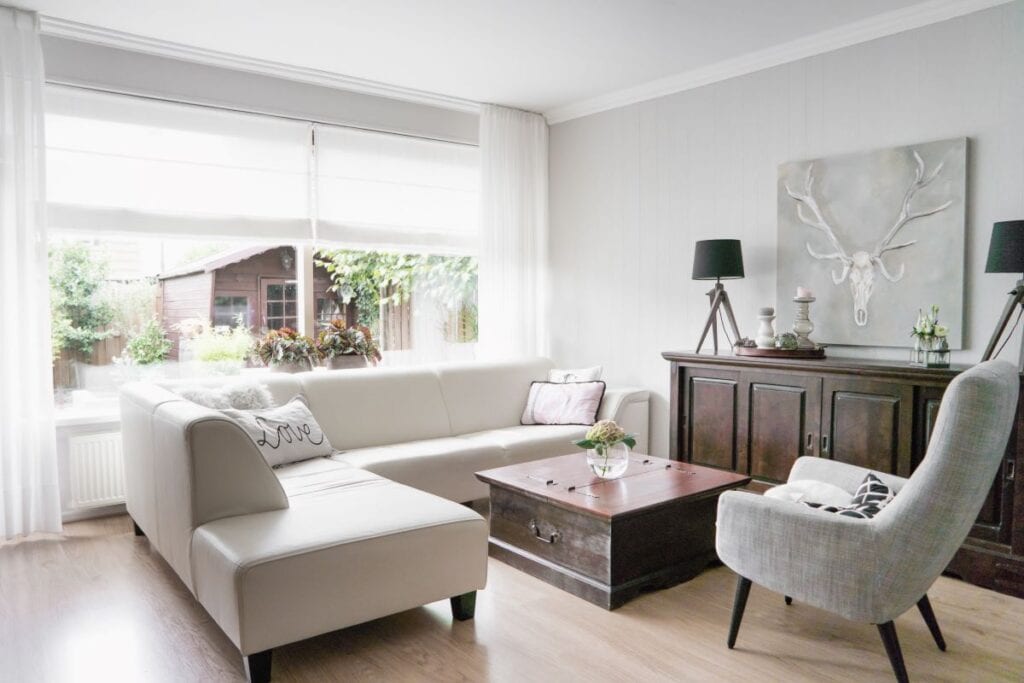
/clark_Kensington_neutrals-57db7f2e5f9b5865164b7baa.png)
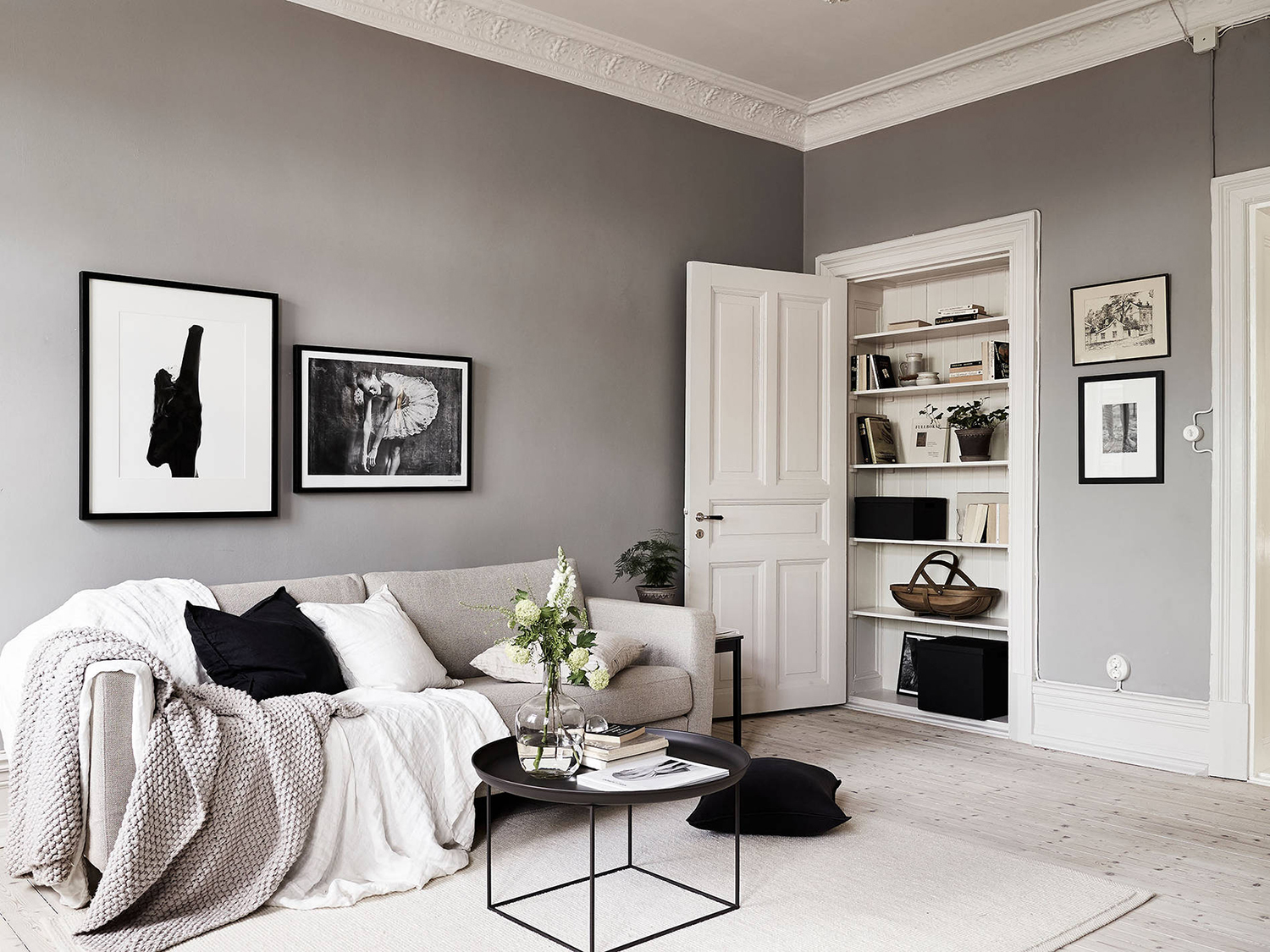







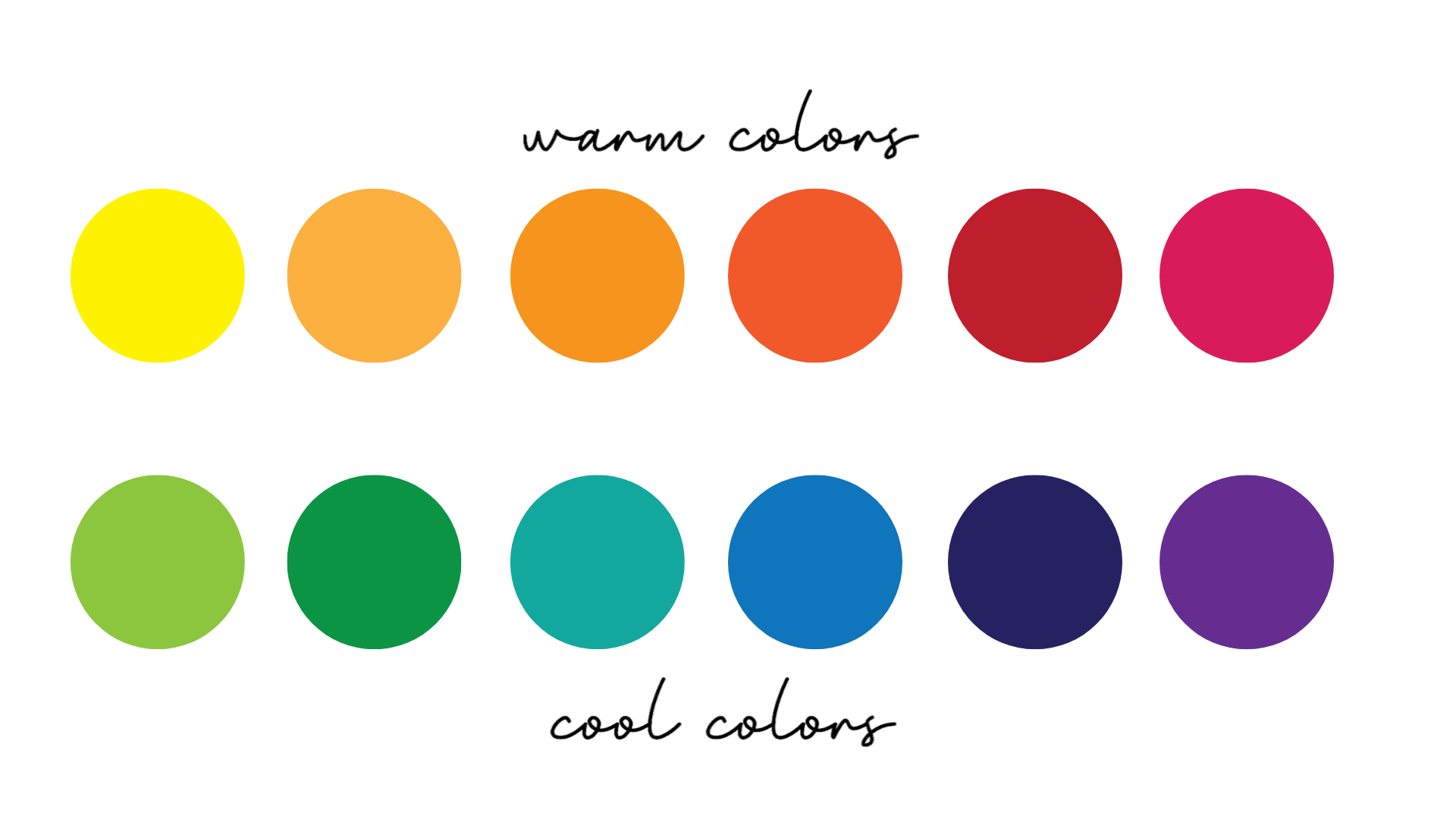
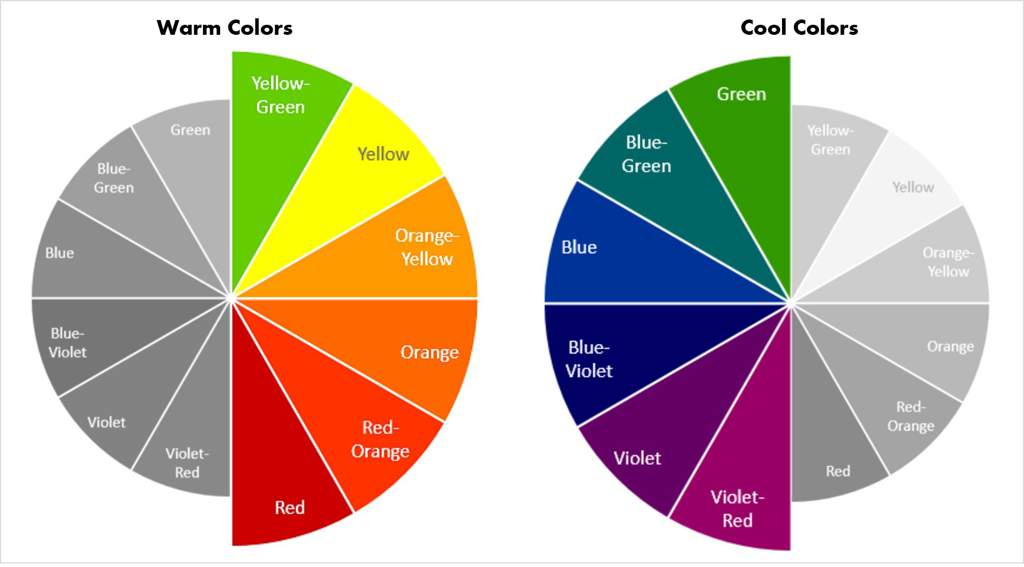
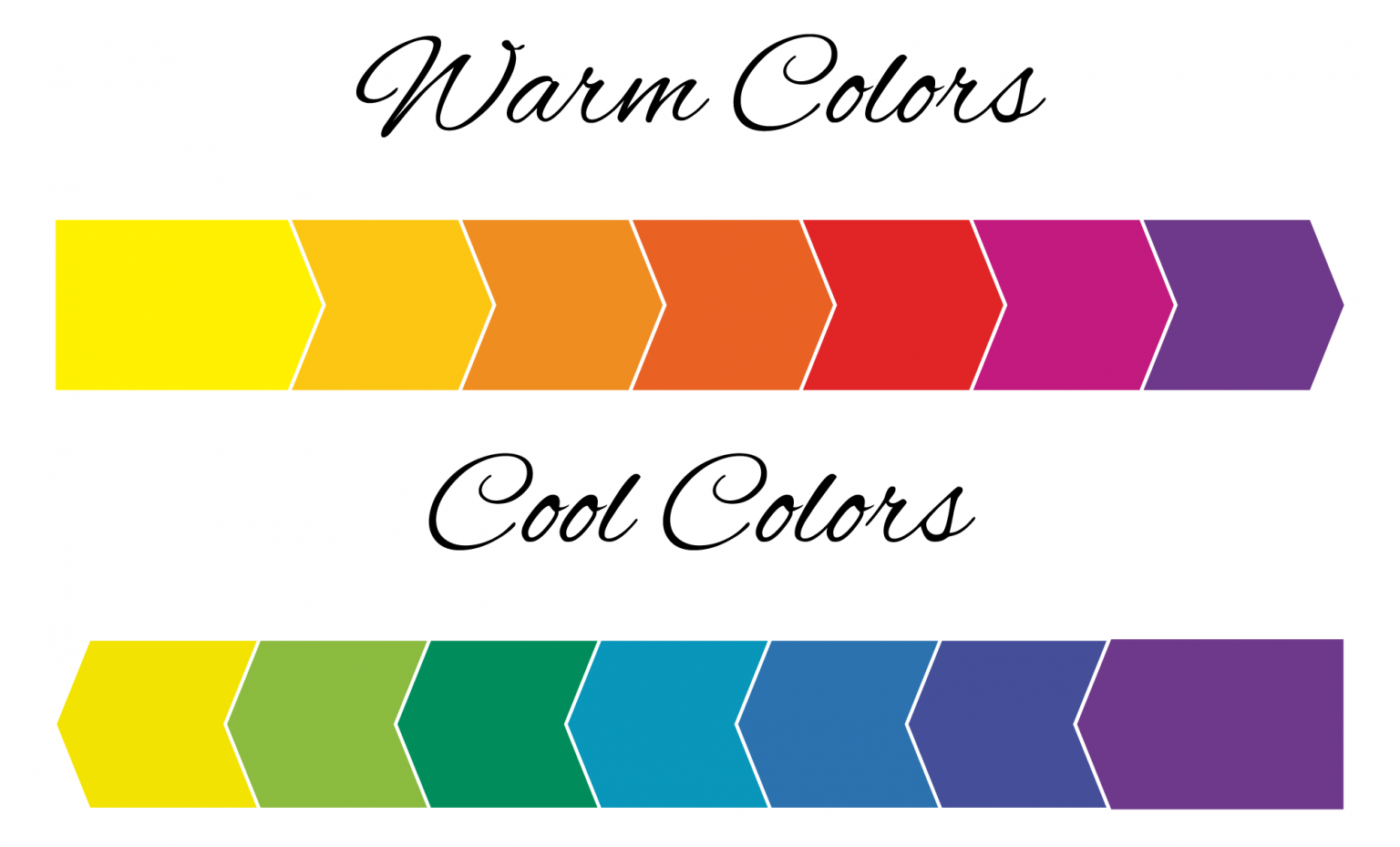

















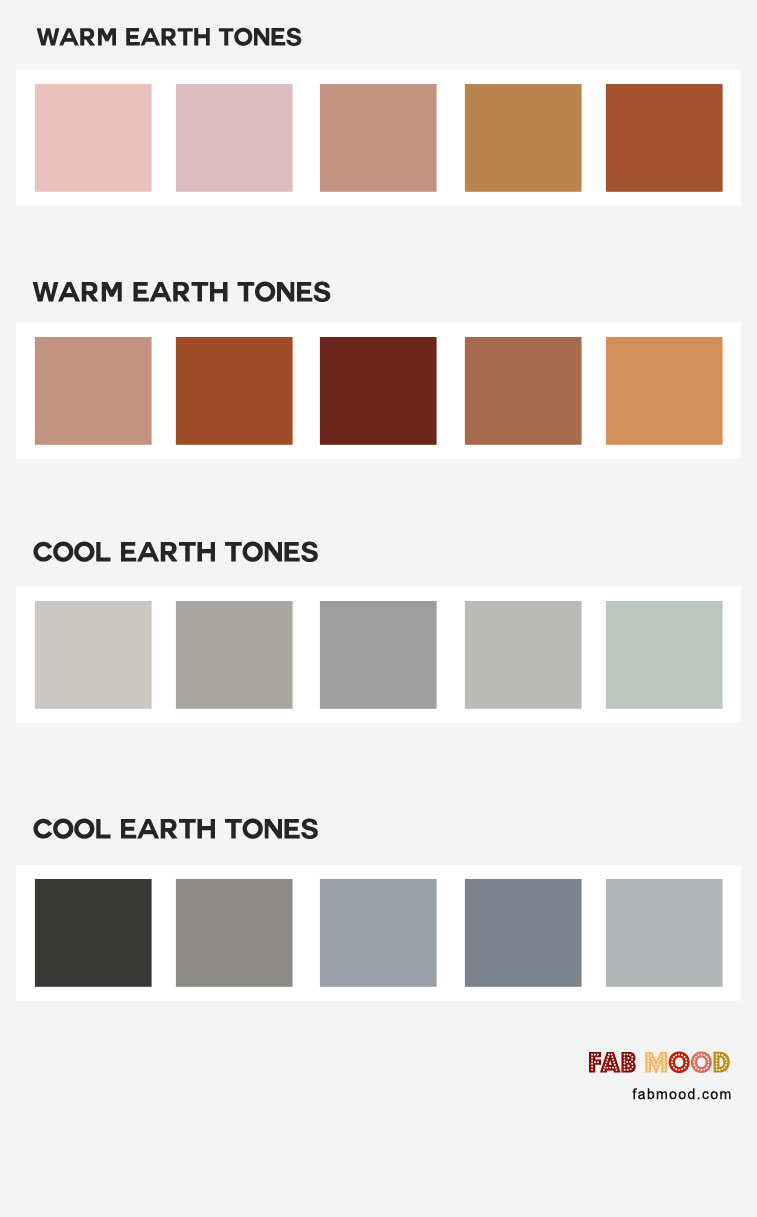
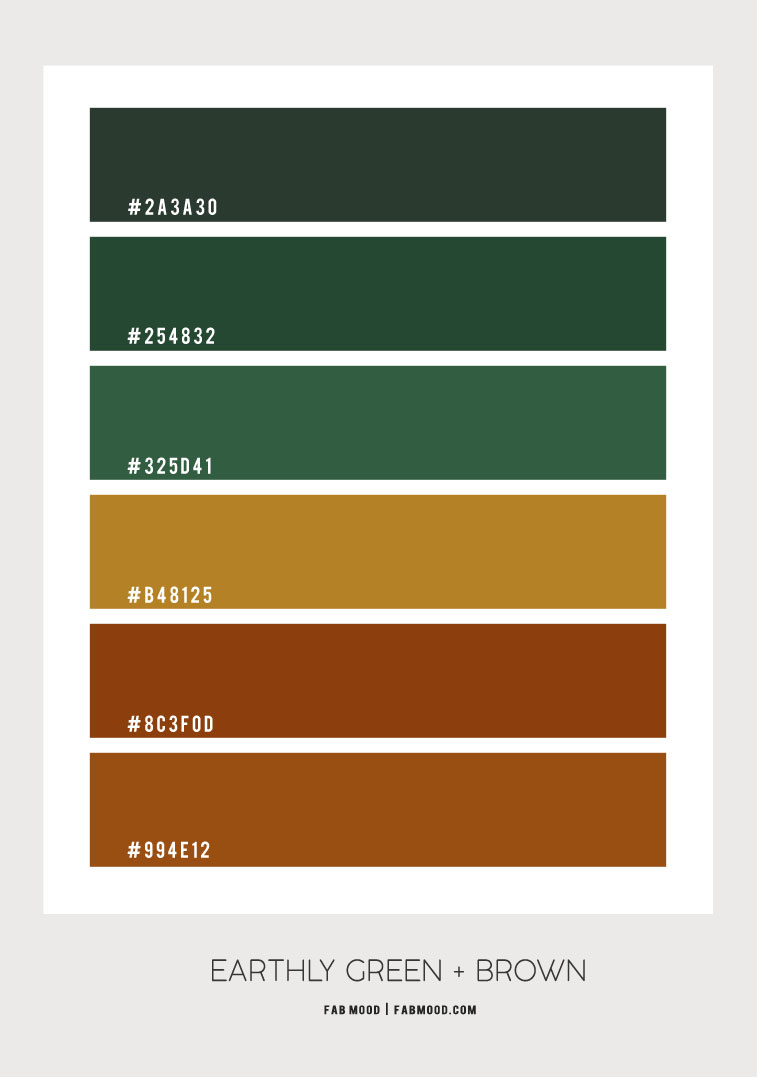


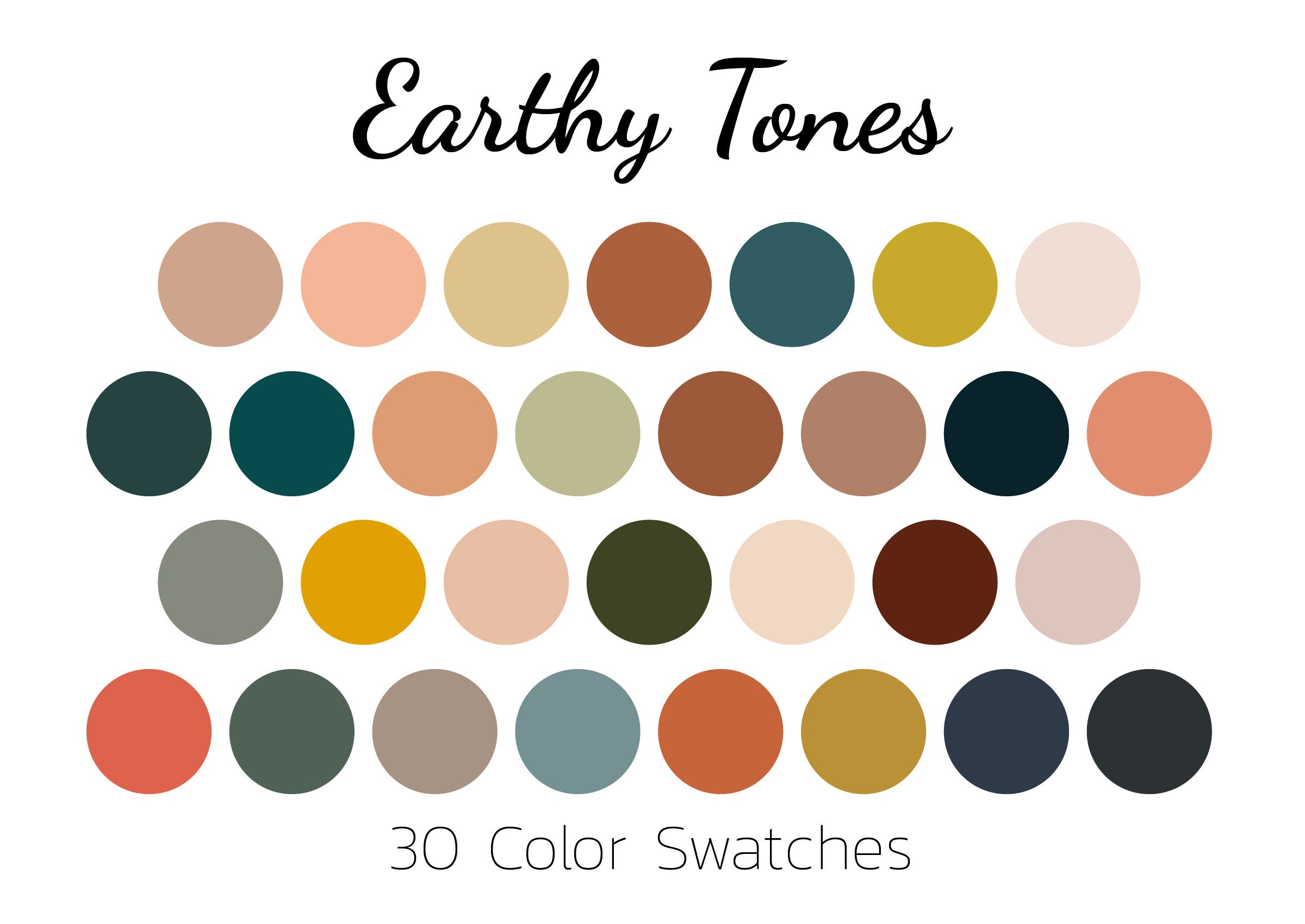

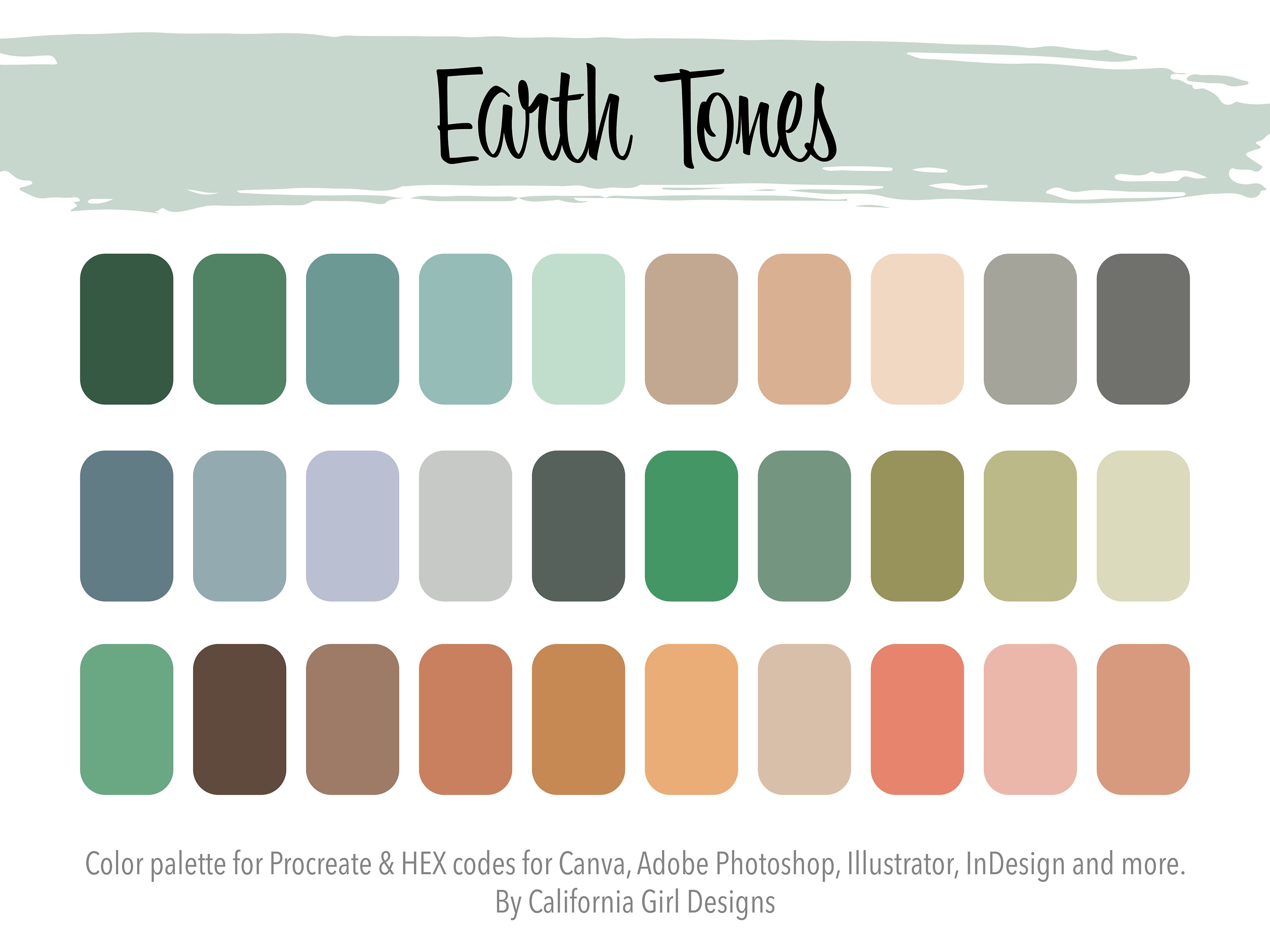



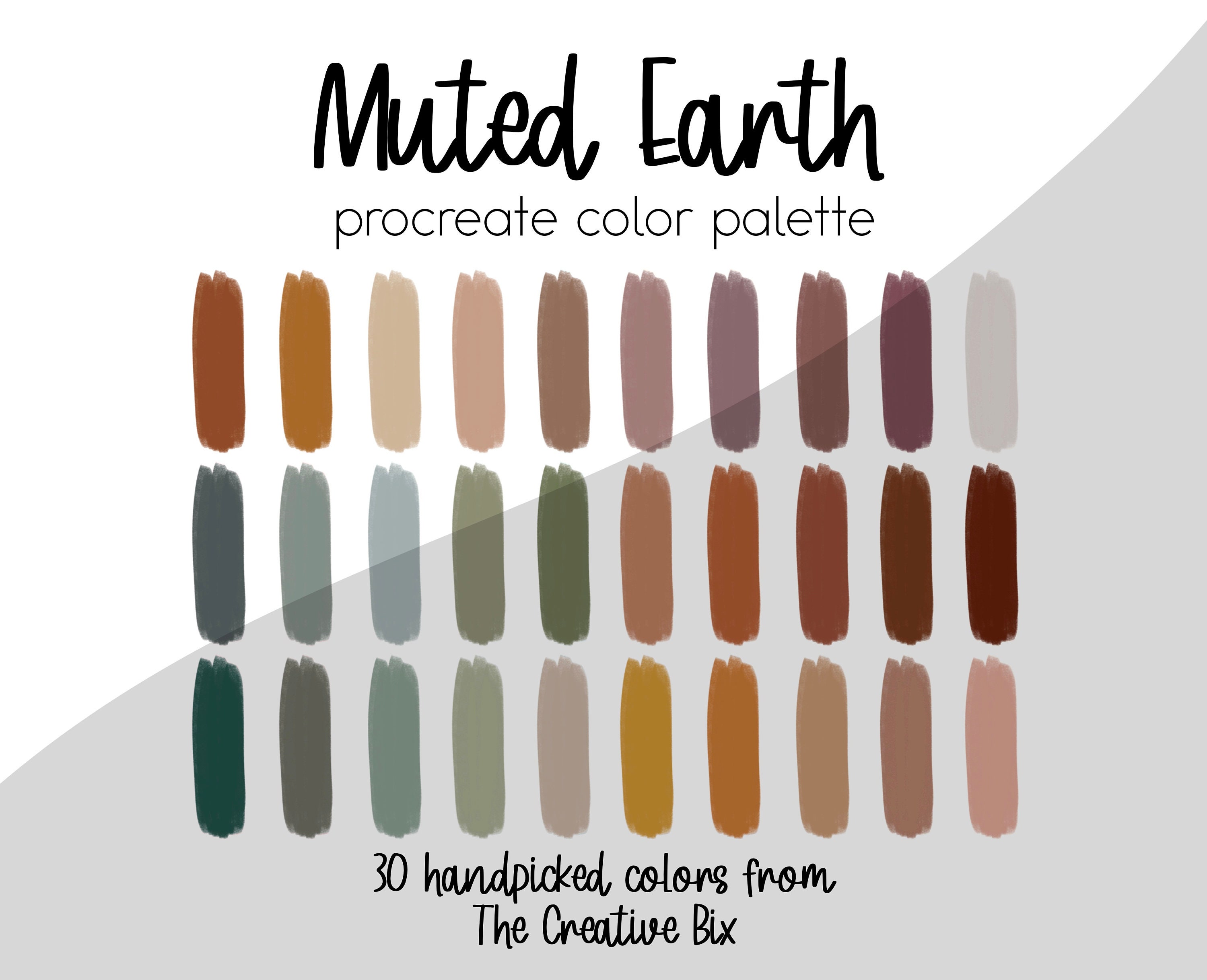







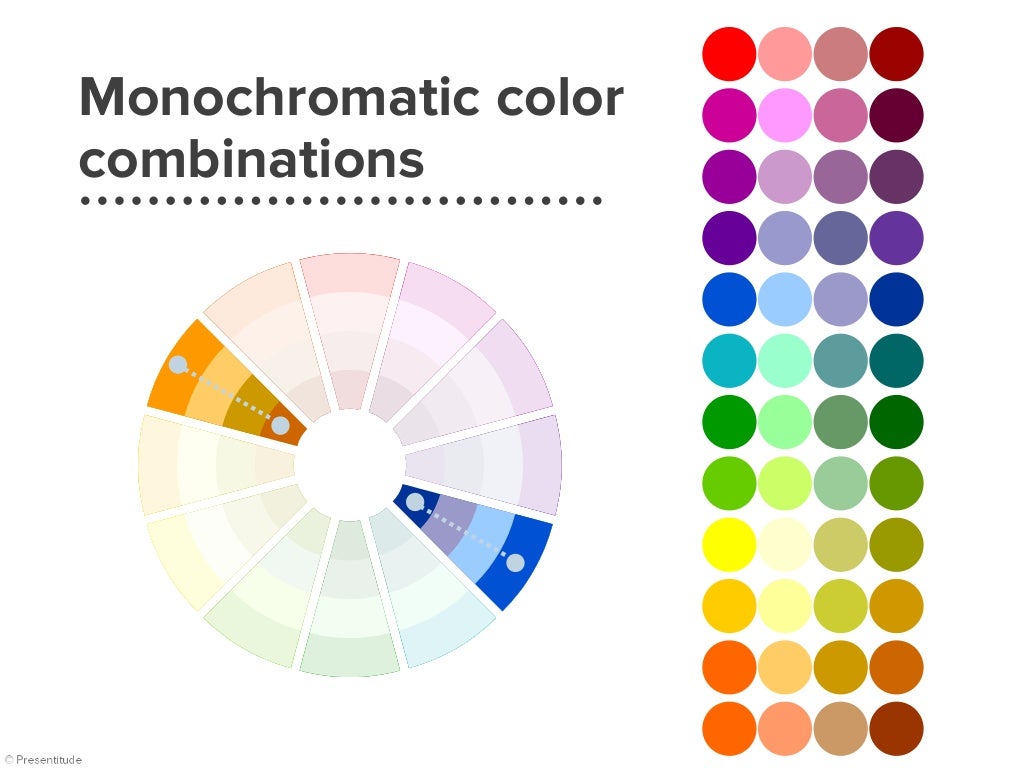

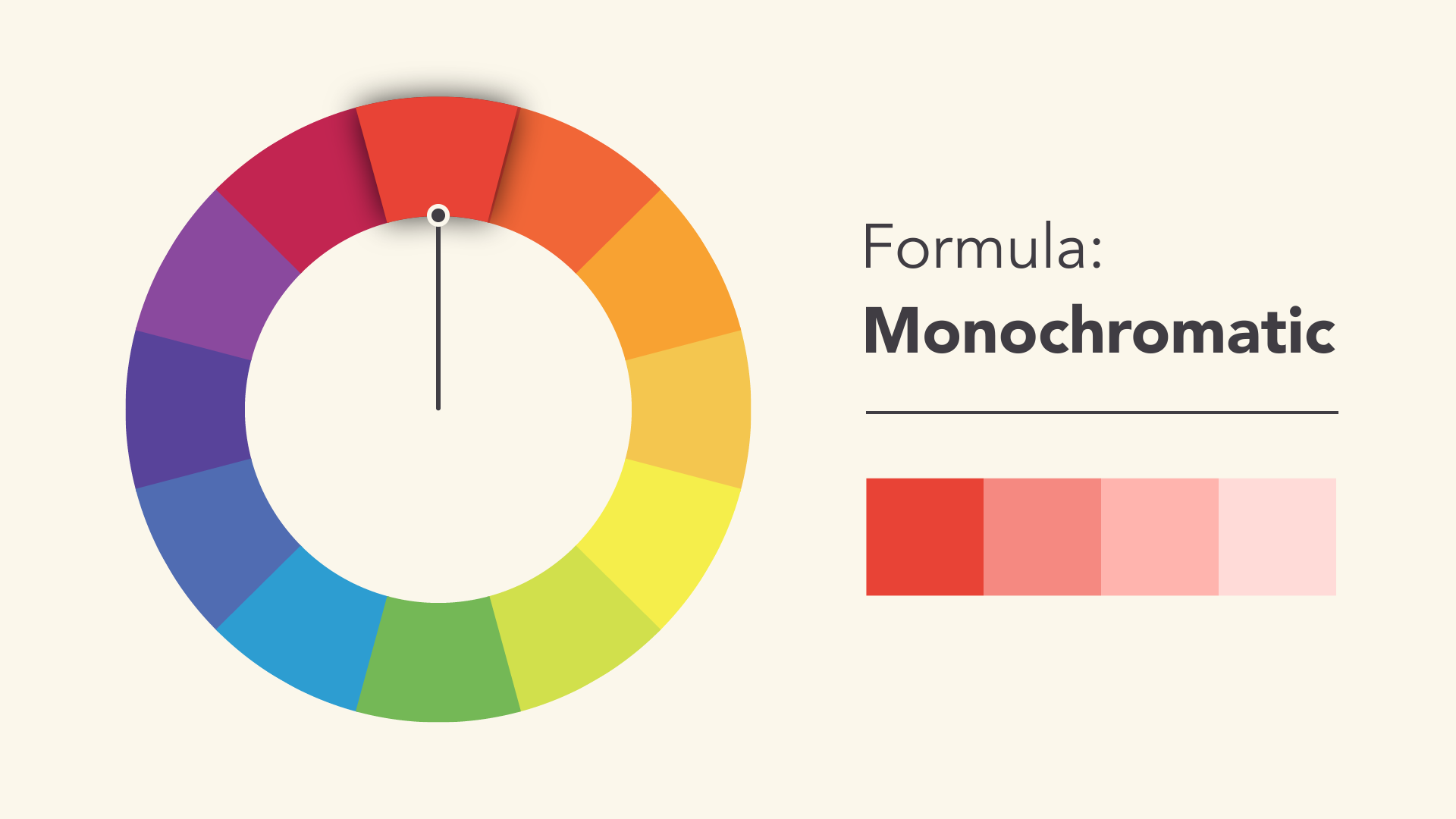


:max_bytes(150000):strip_icc()/Lista_complementarios-56a6e6cb3df78cf77290d98b.png)


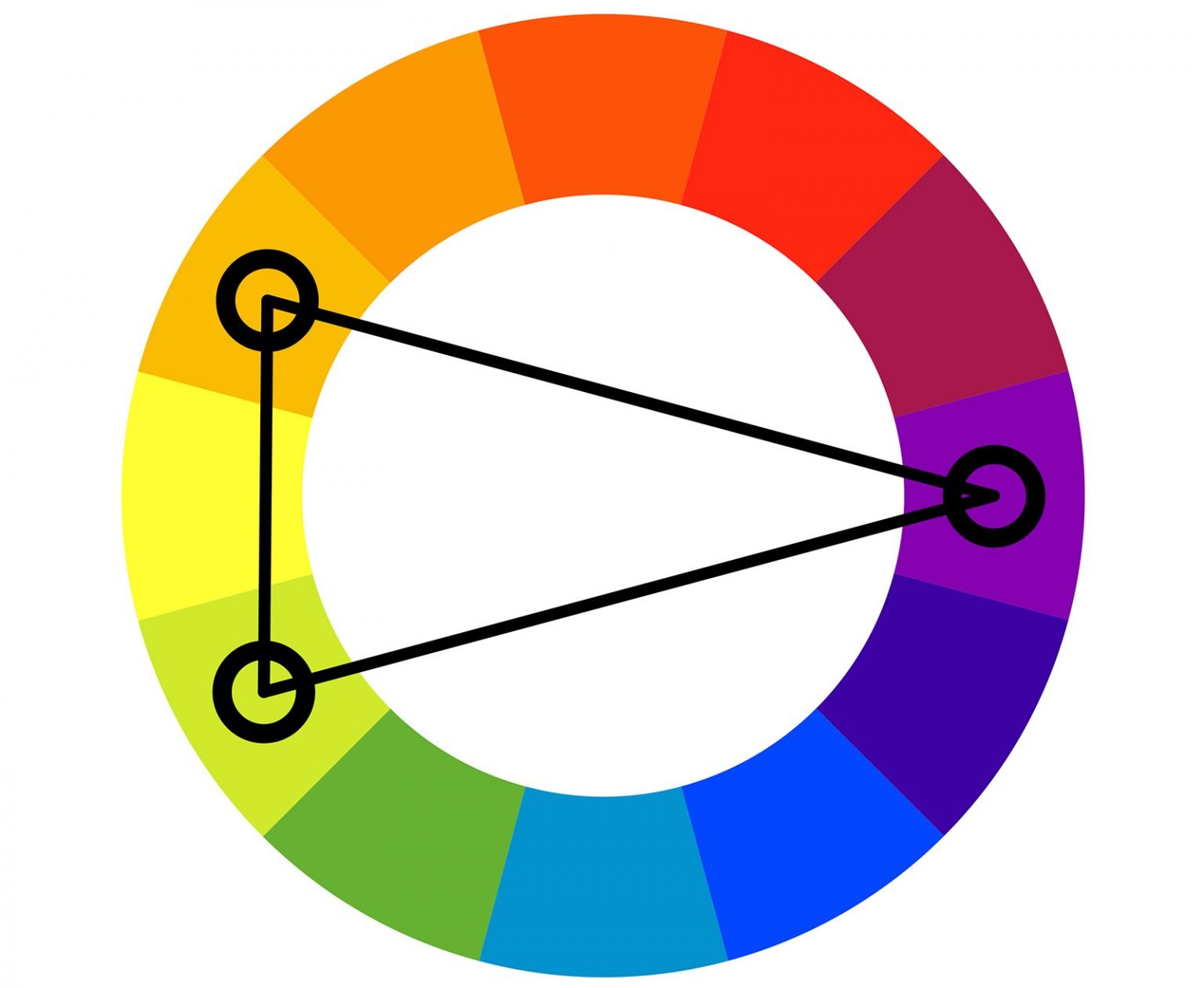
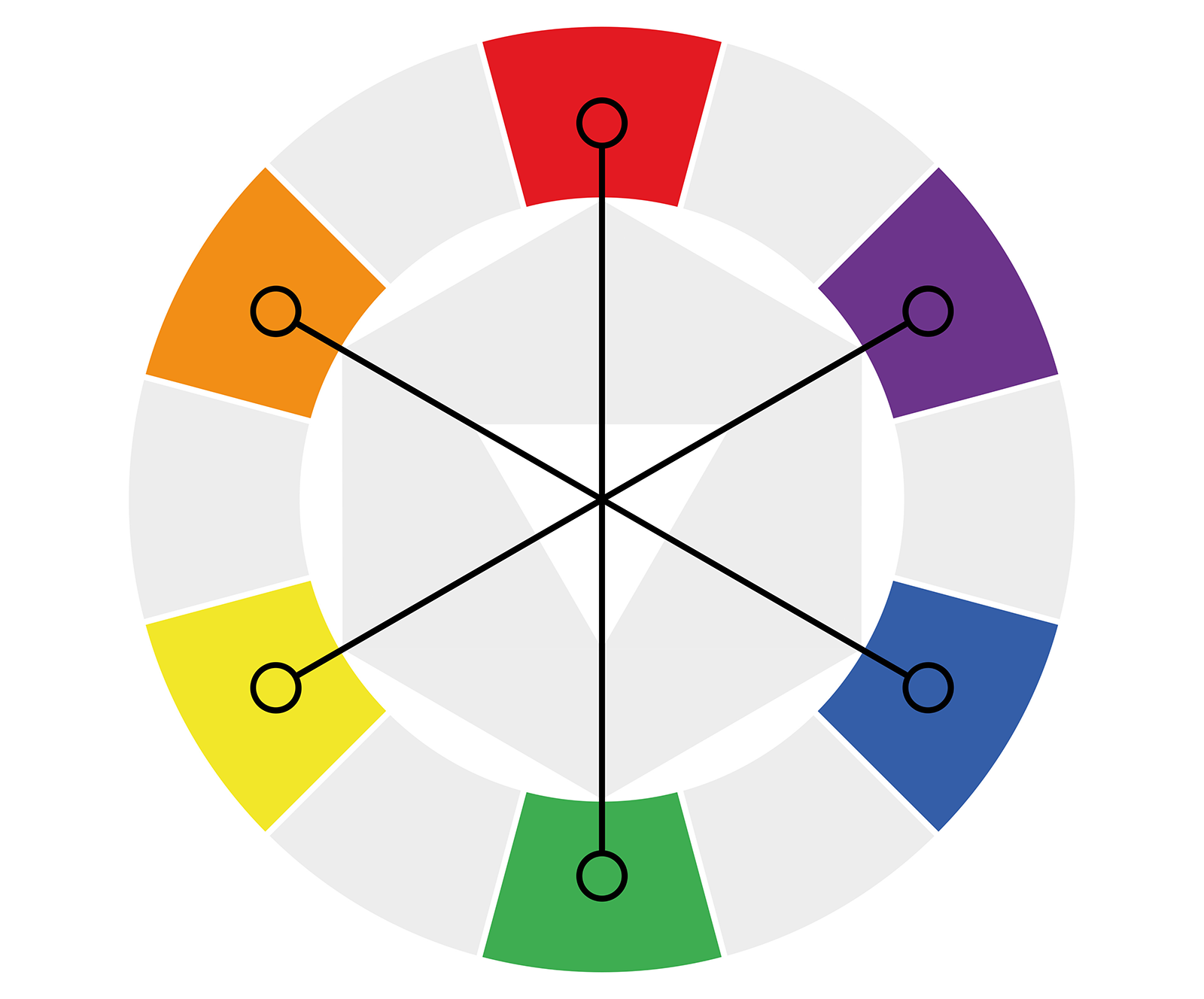
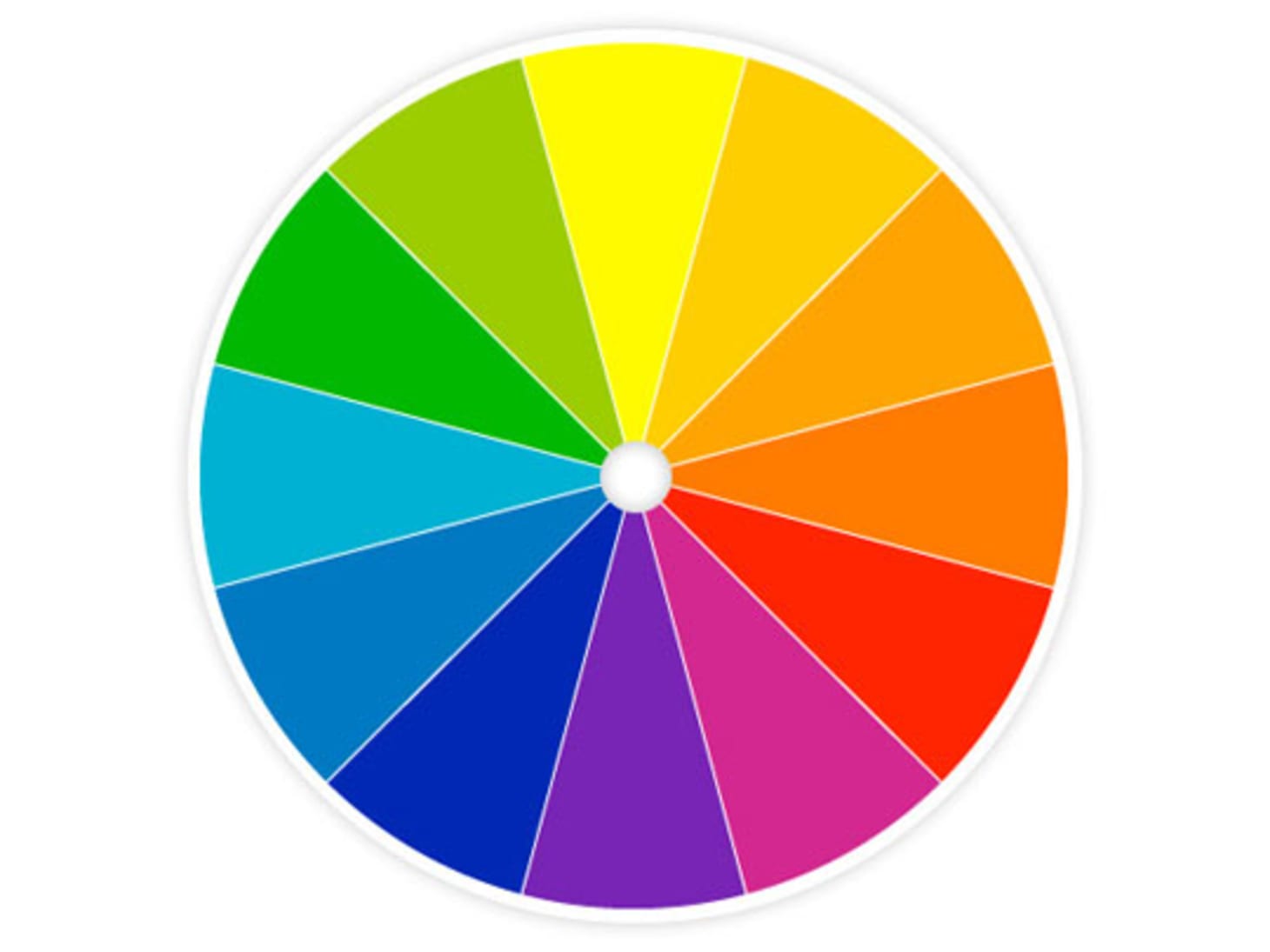

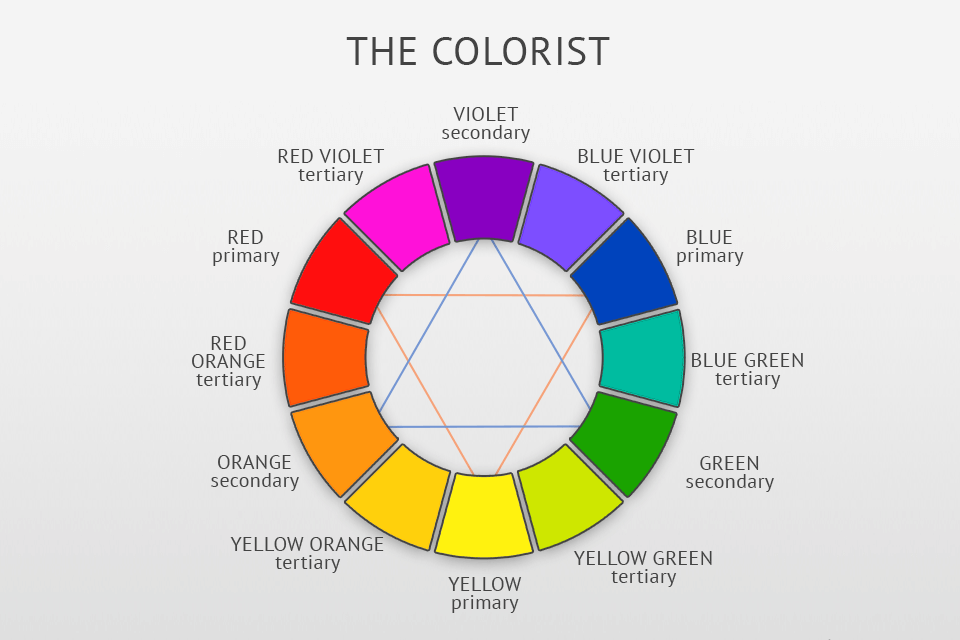
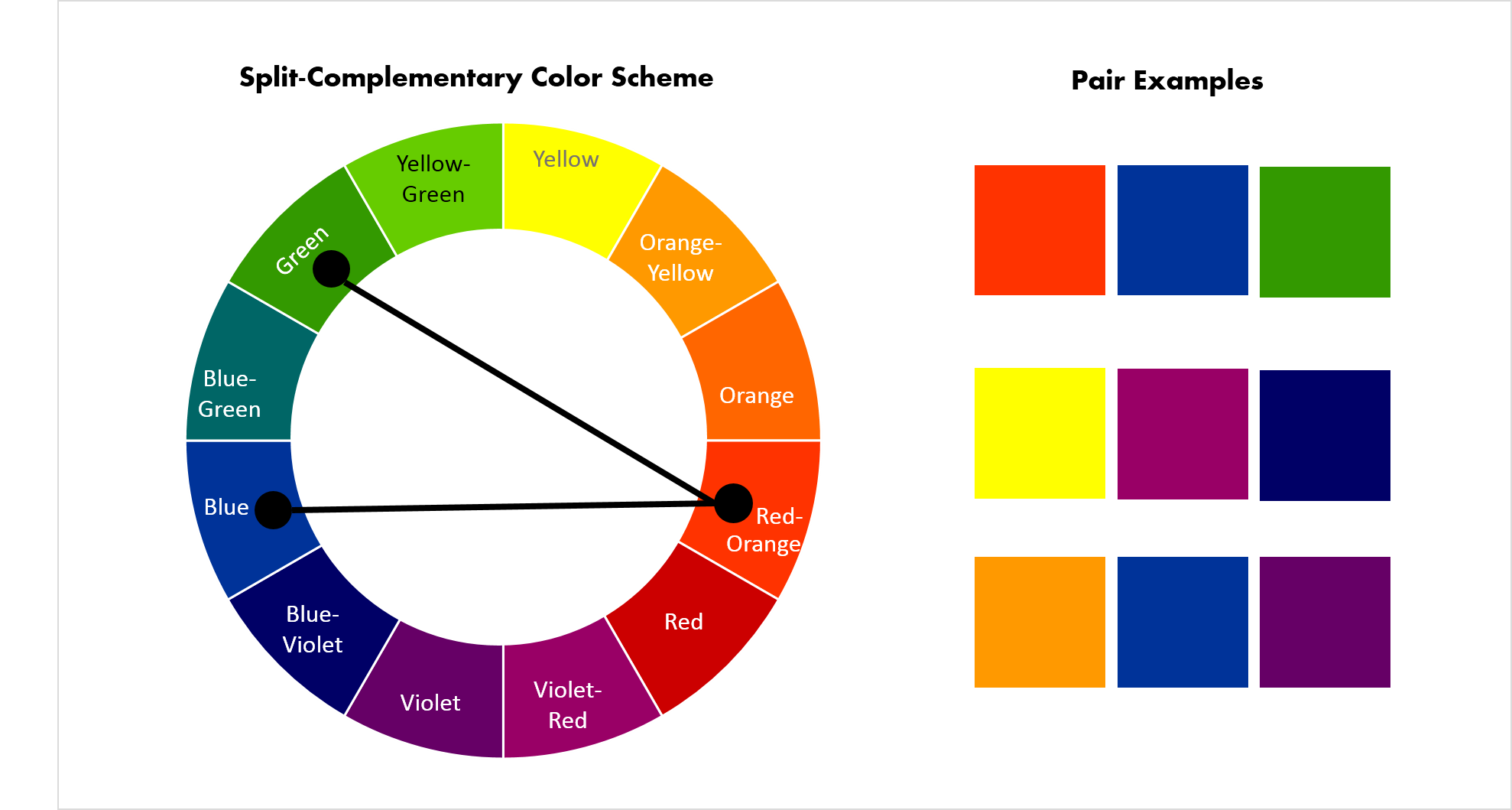
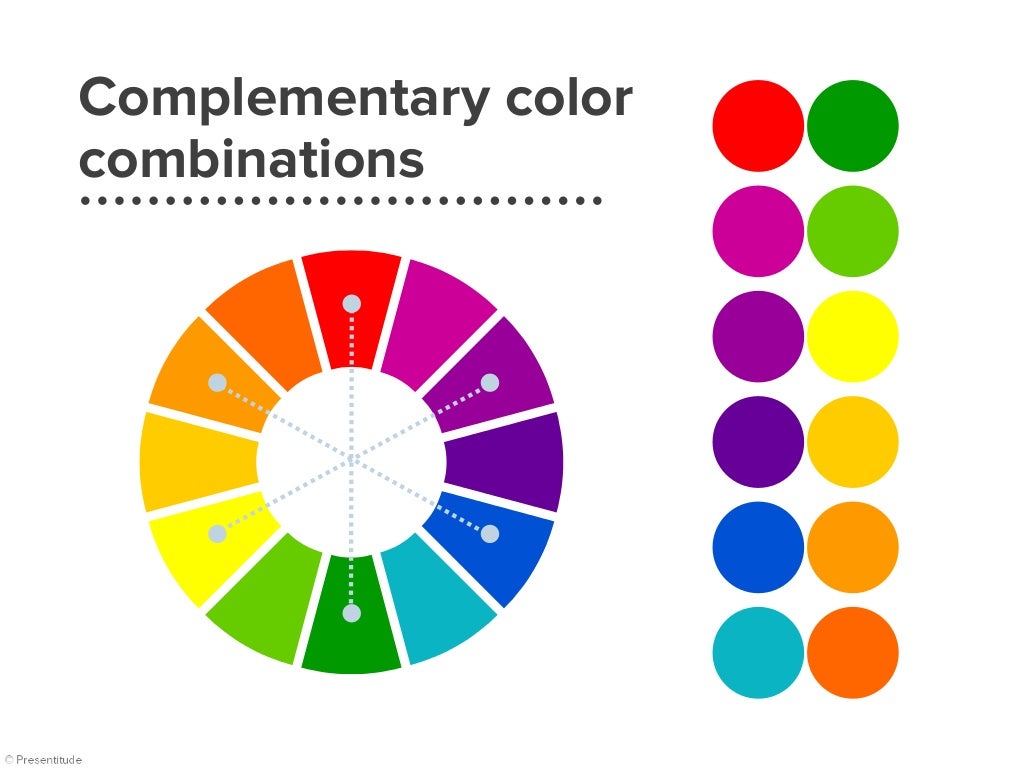
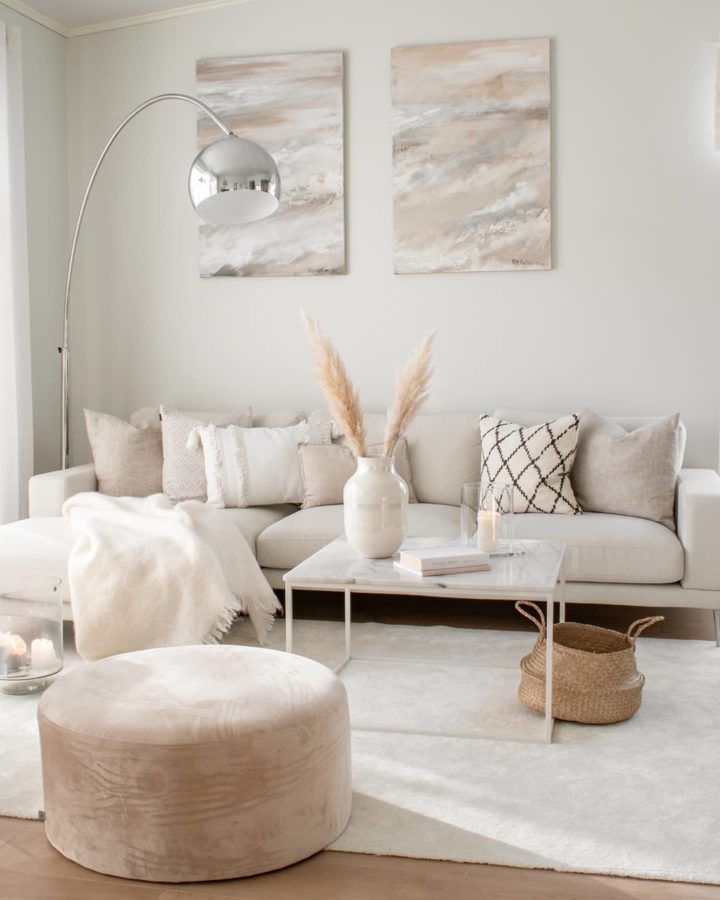


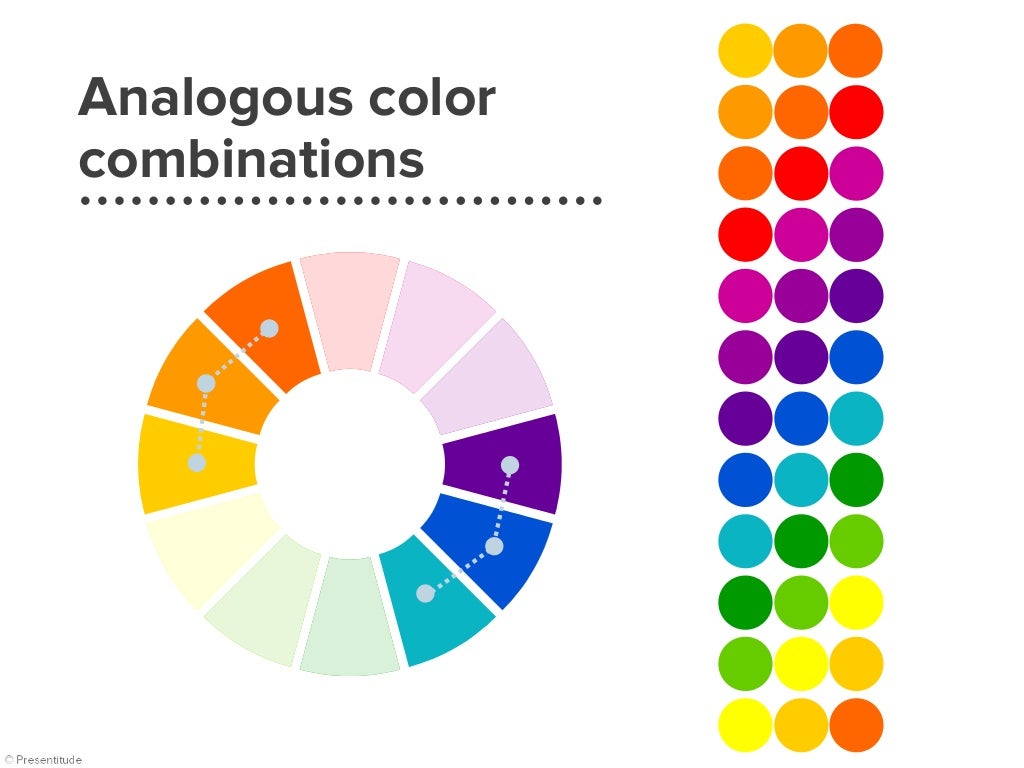


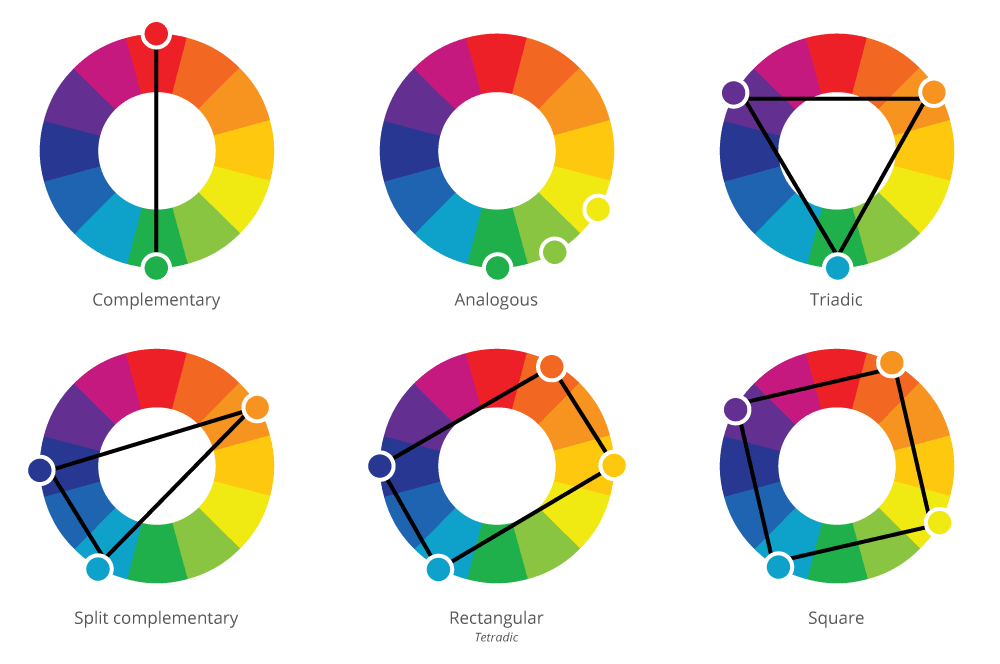


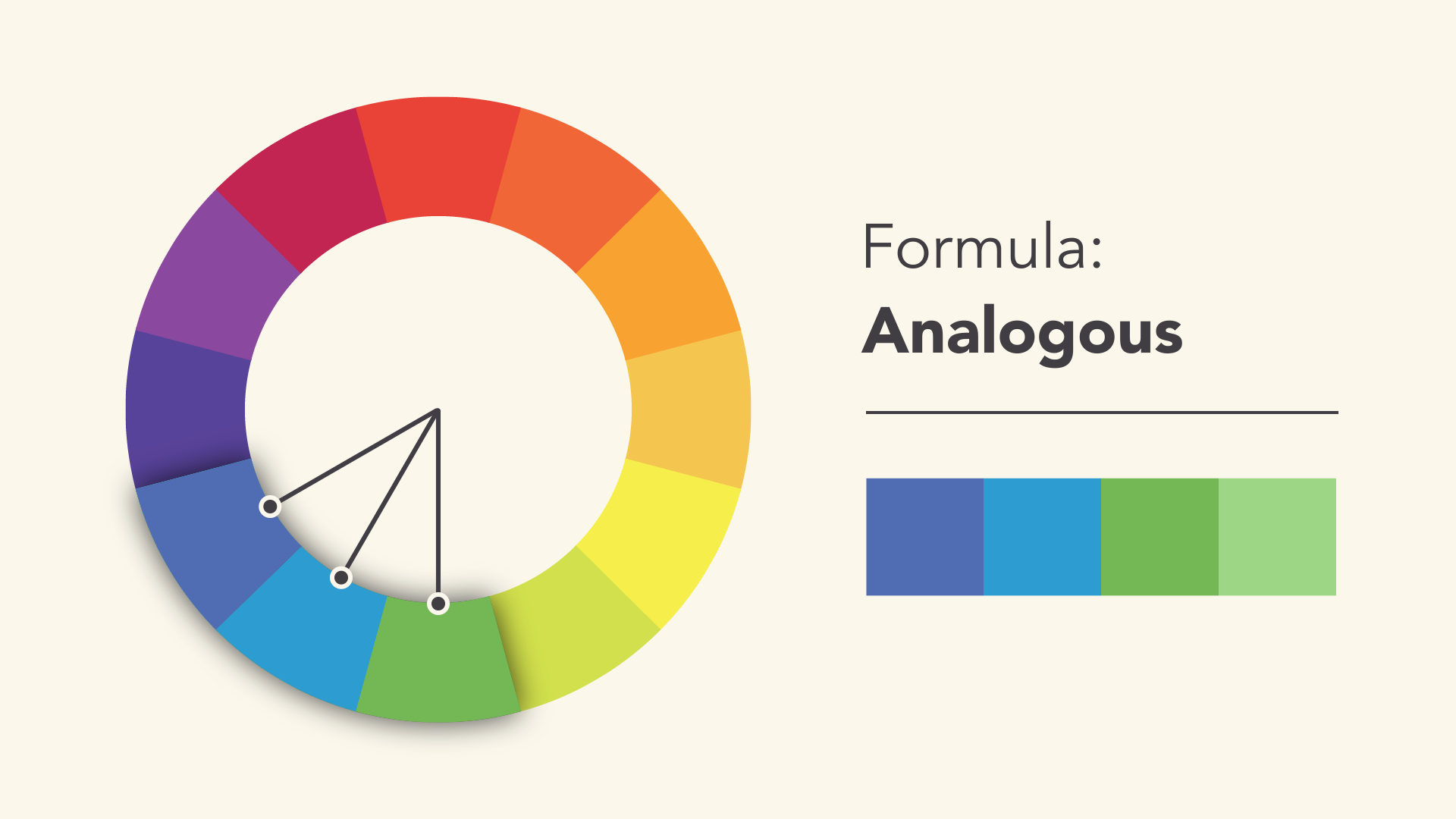




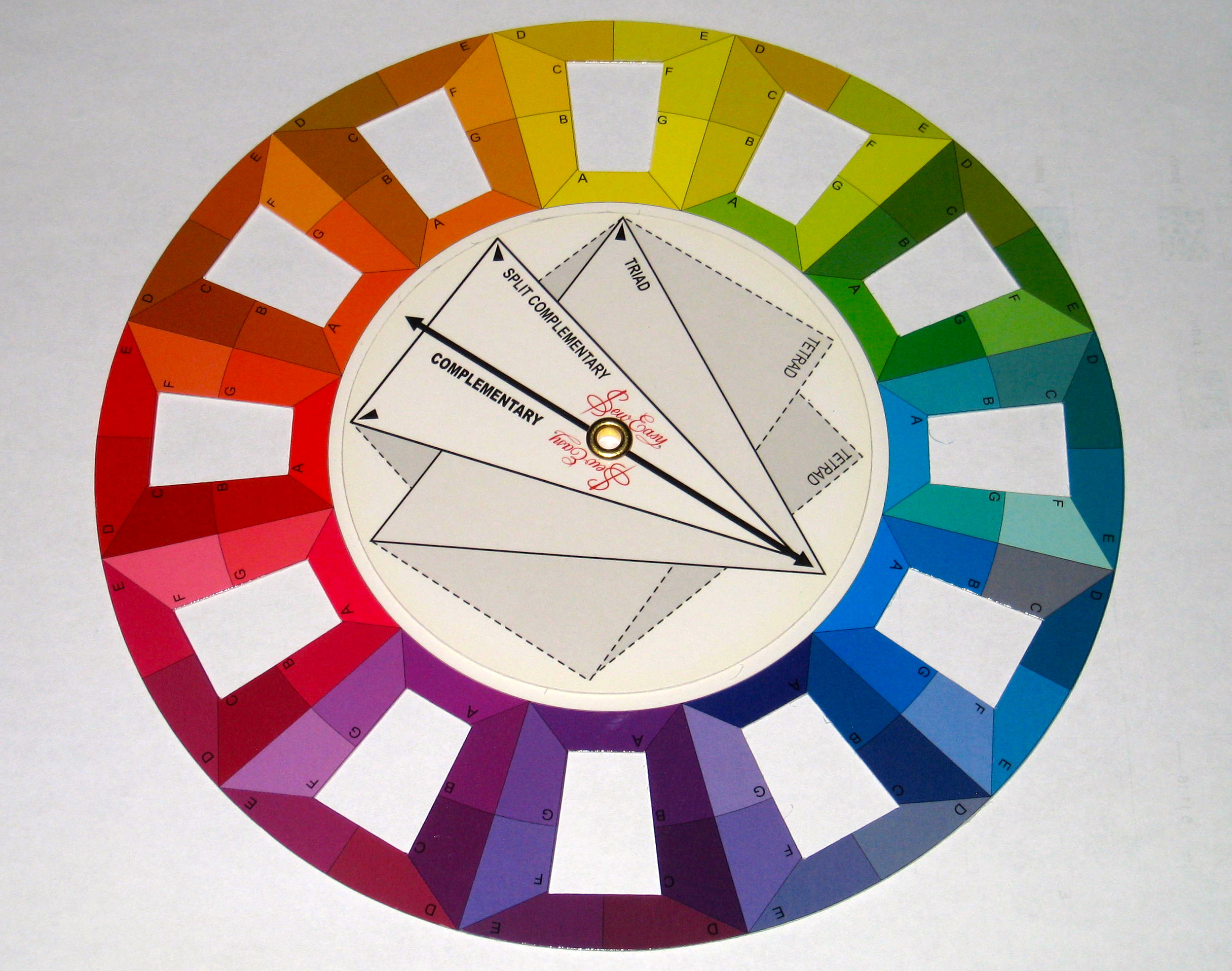

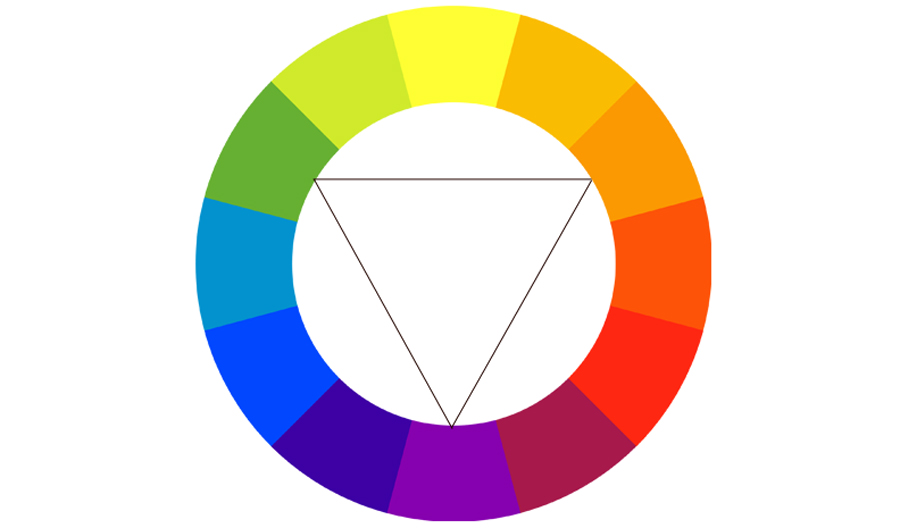

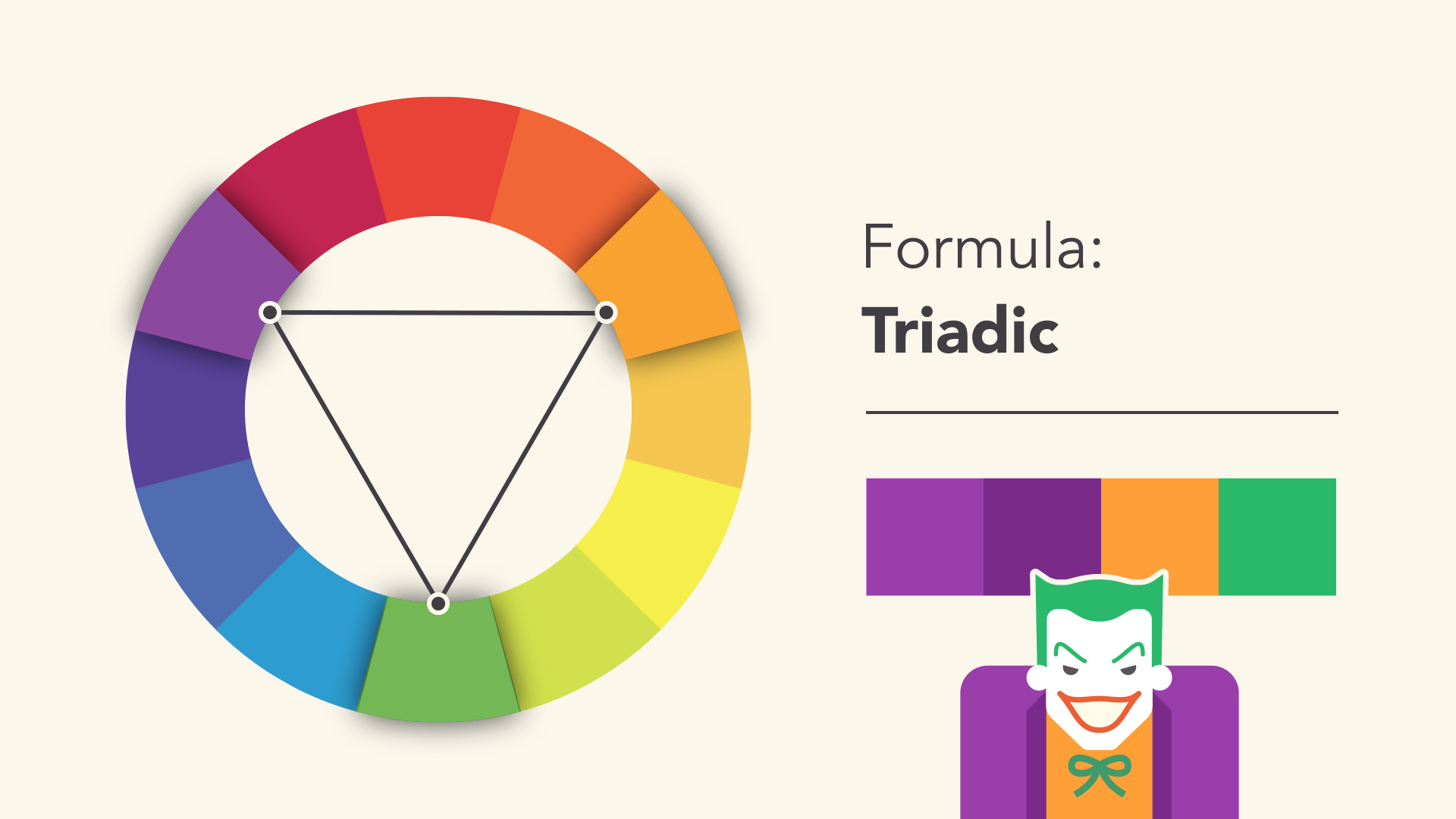
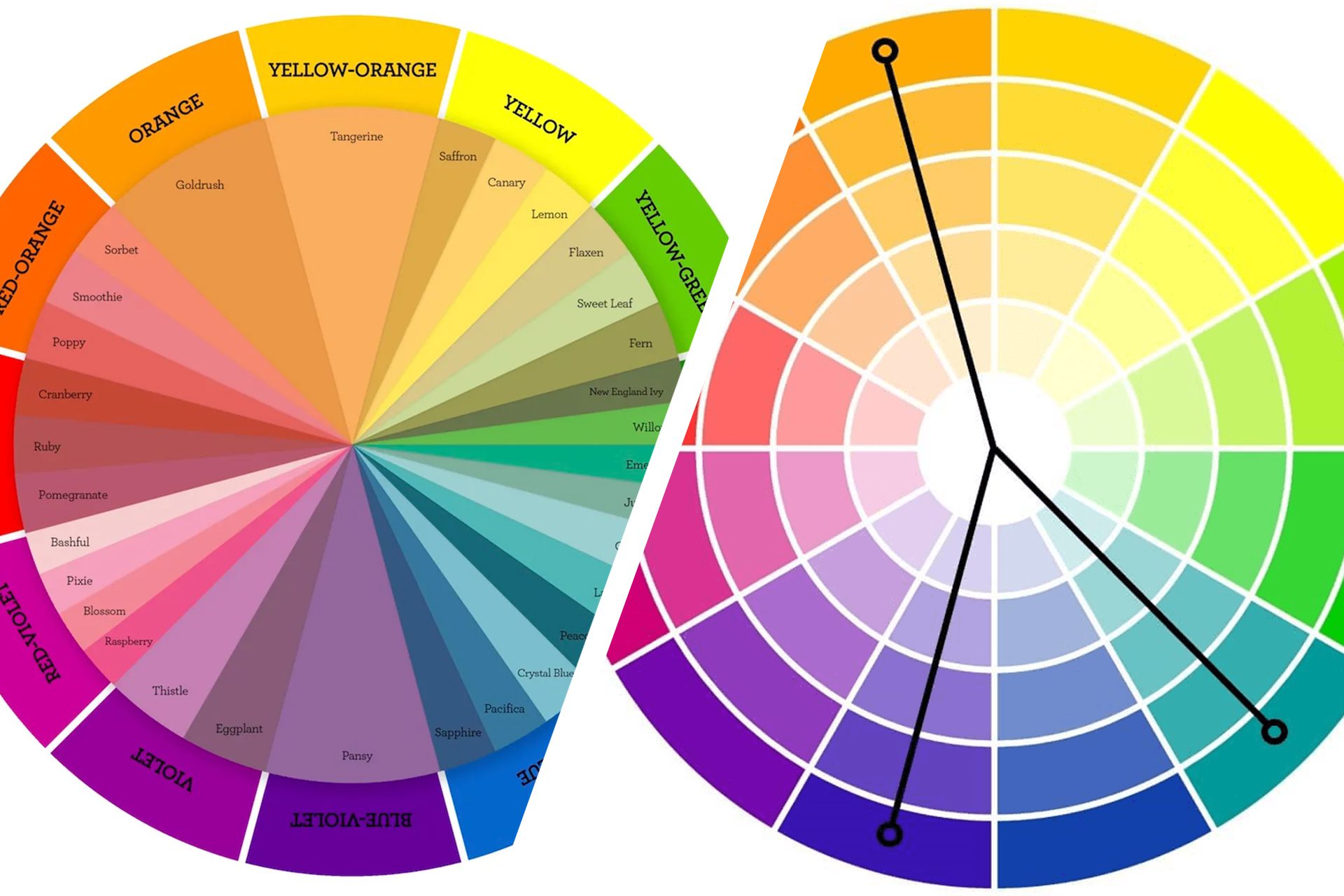



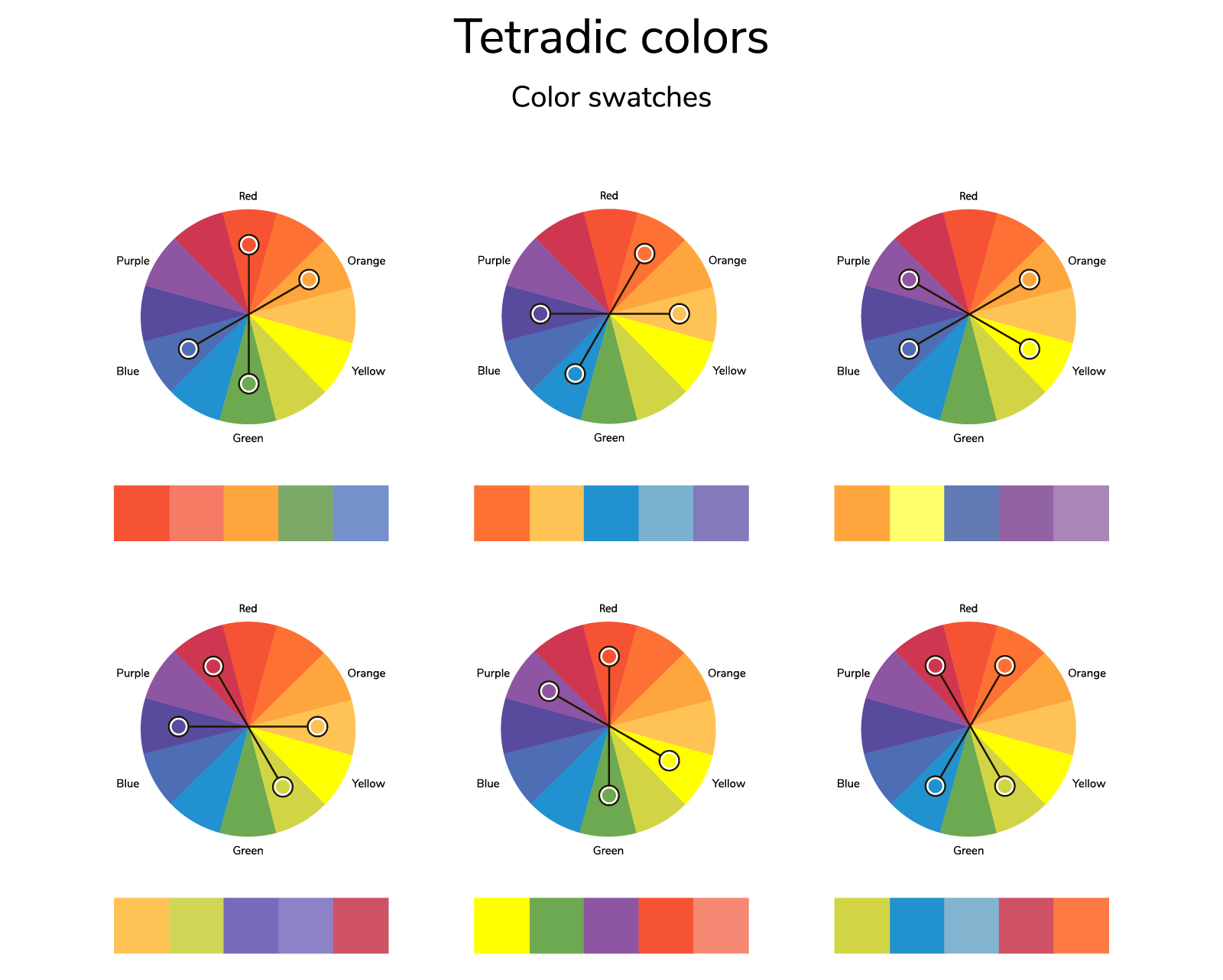
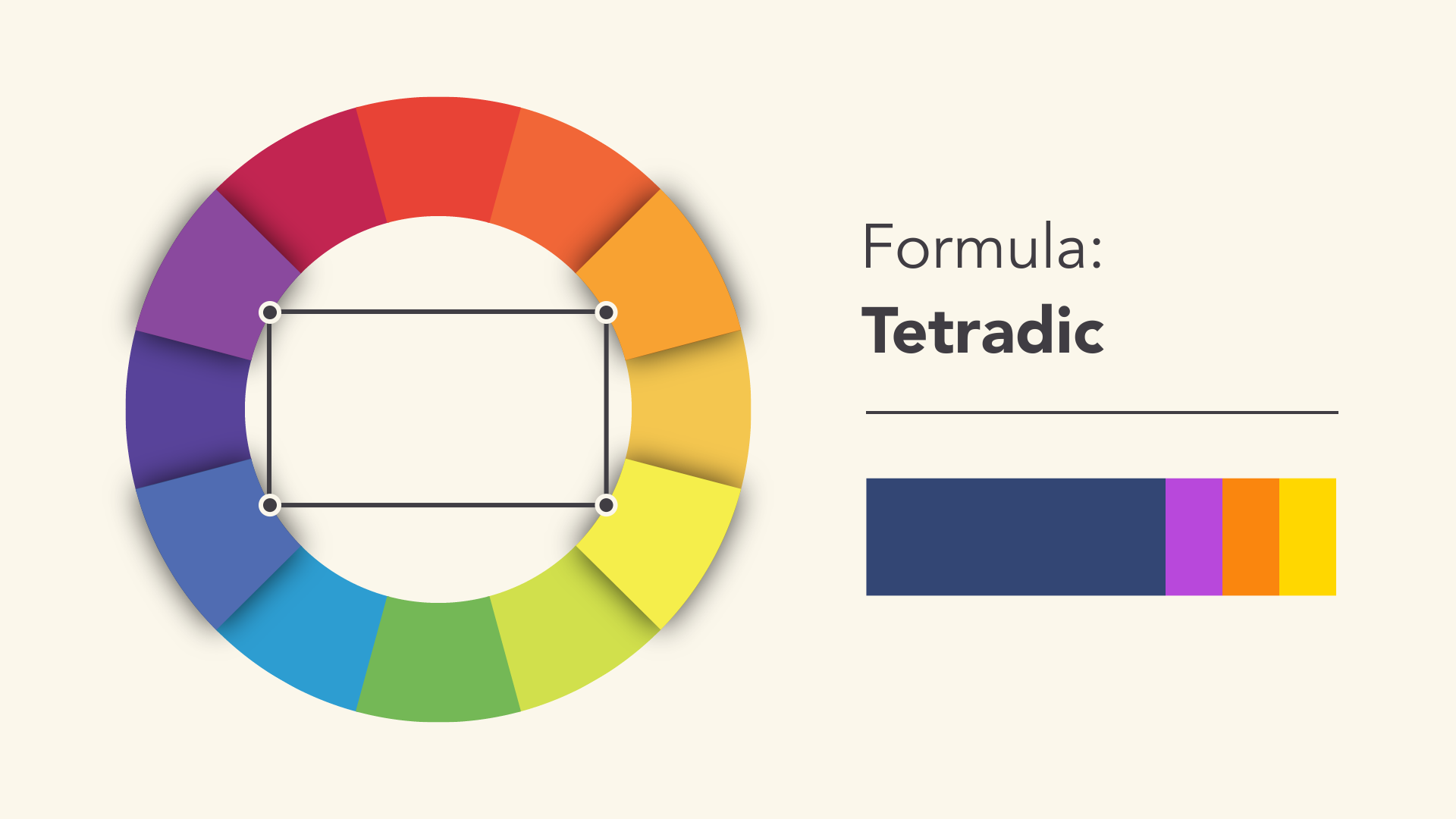
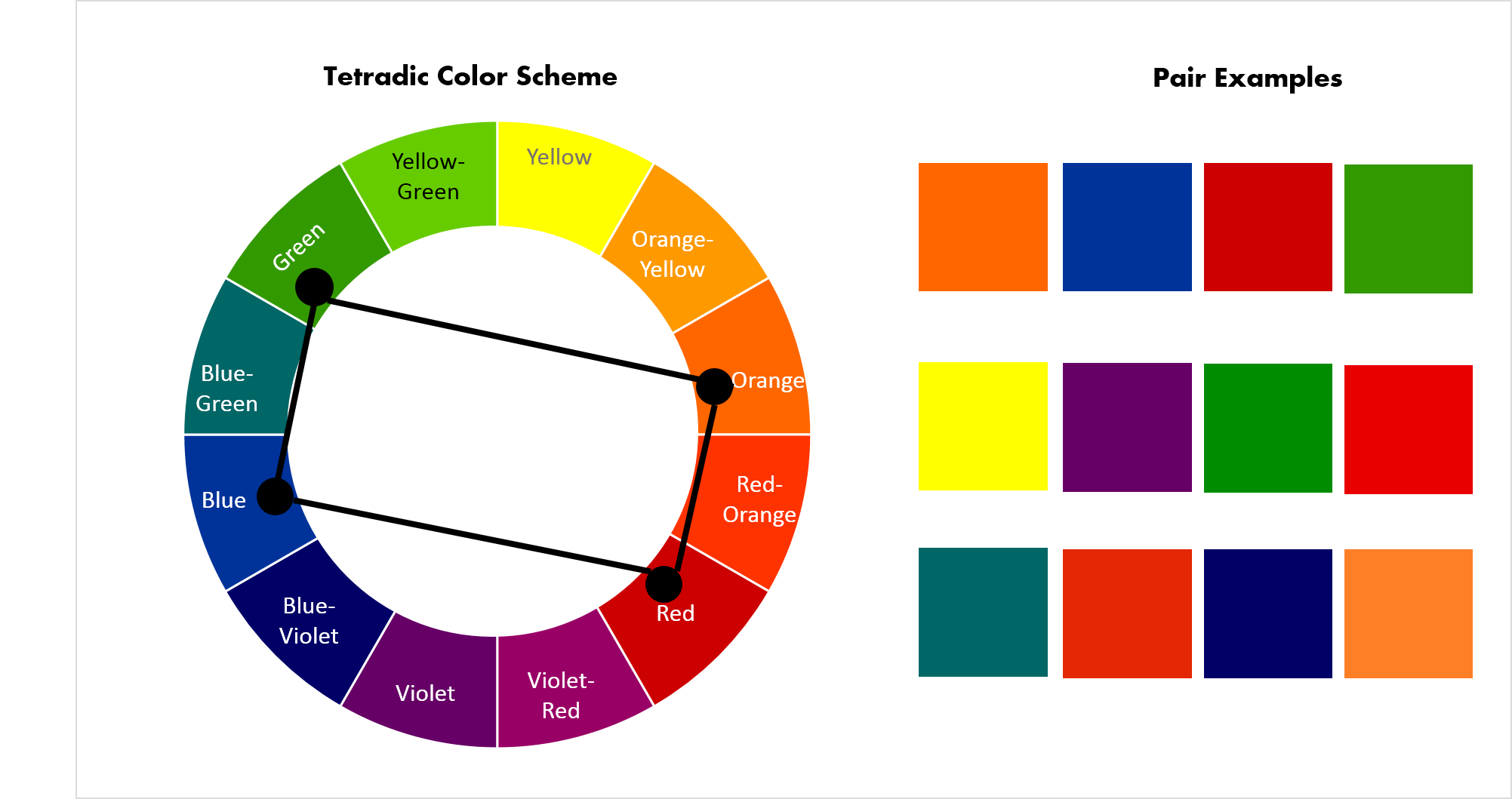


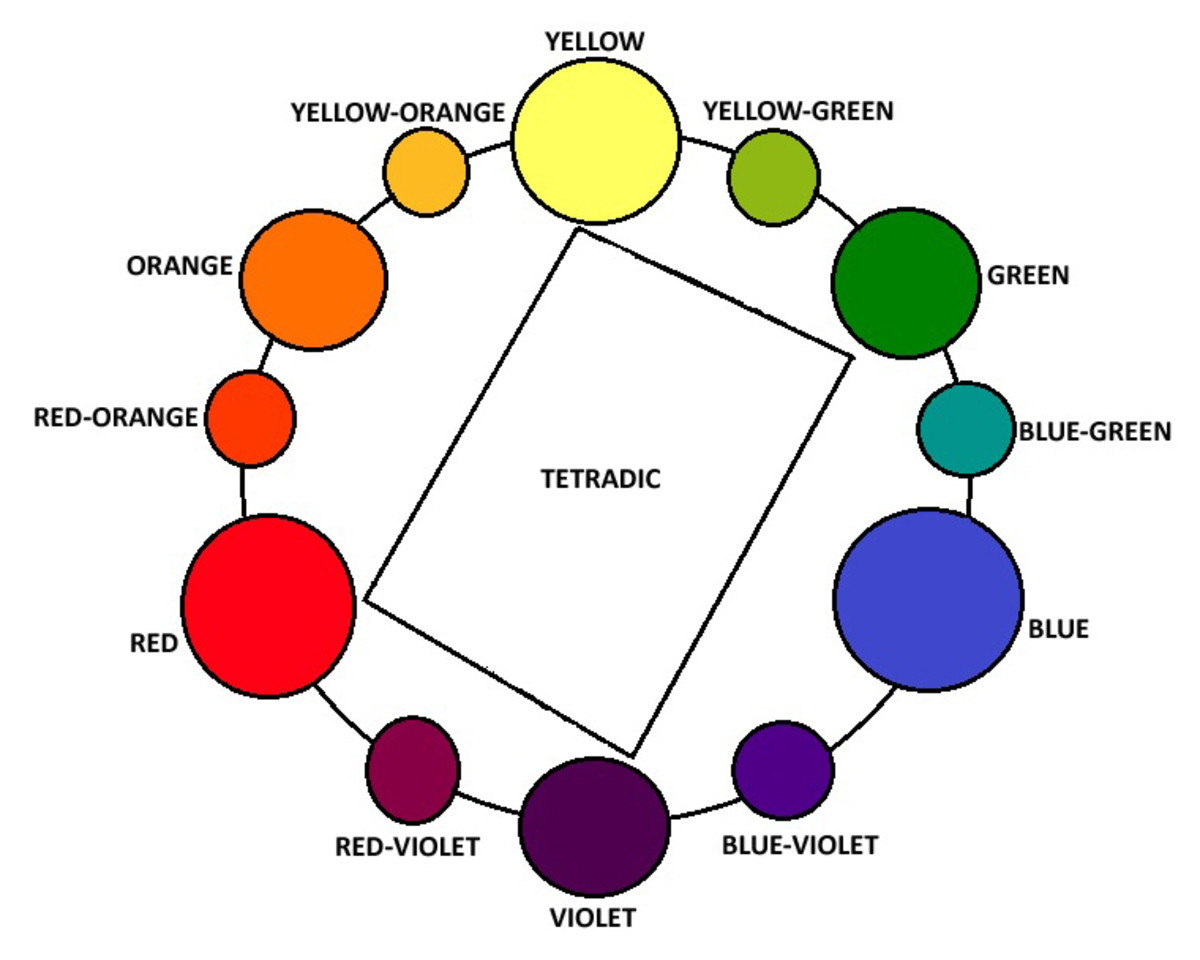
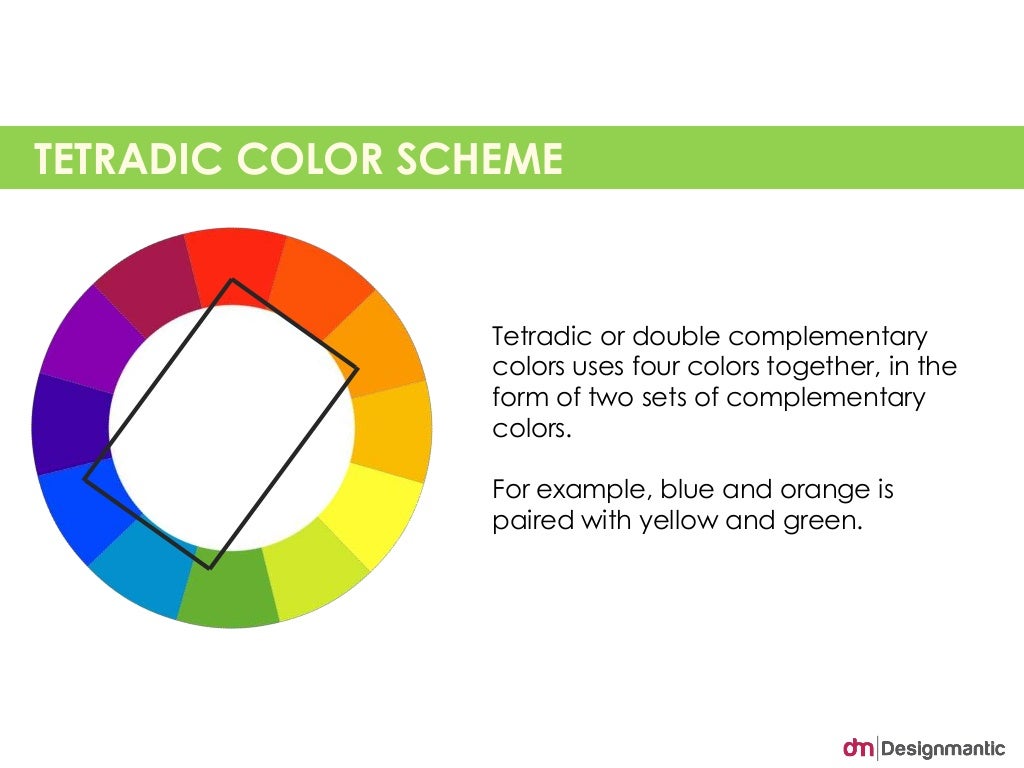

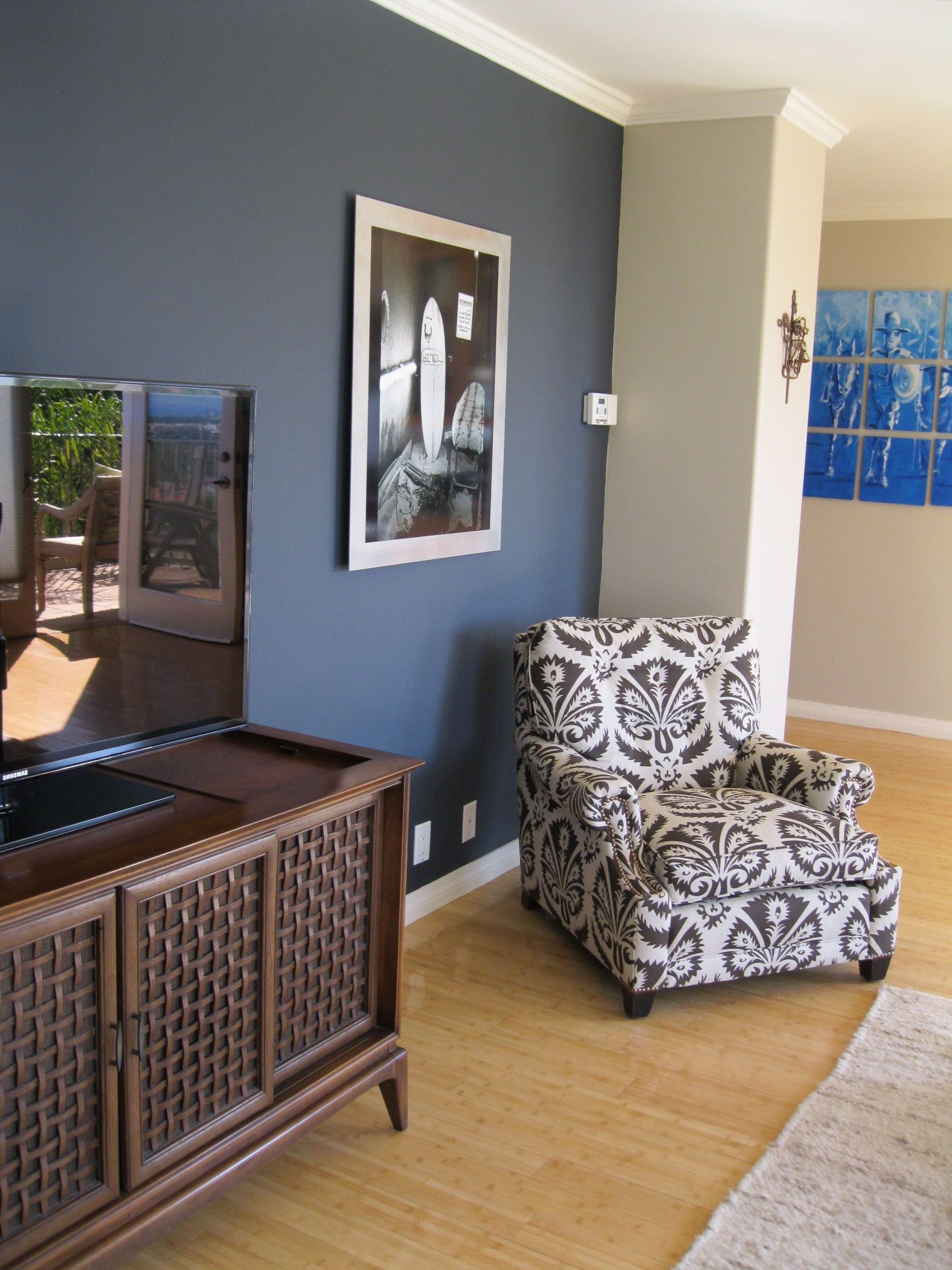

/VintageRevivals_RipeOliveSW6209-5c9434cec9e77c0001fab005.jpg)
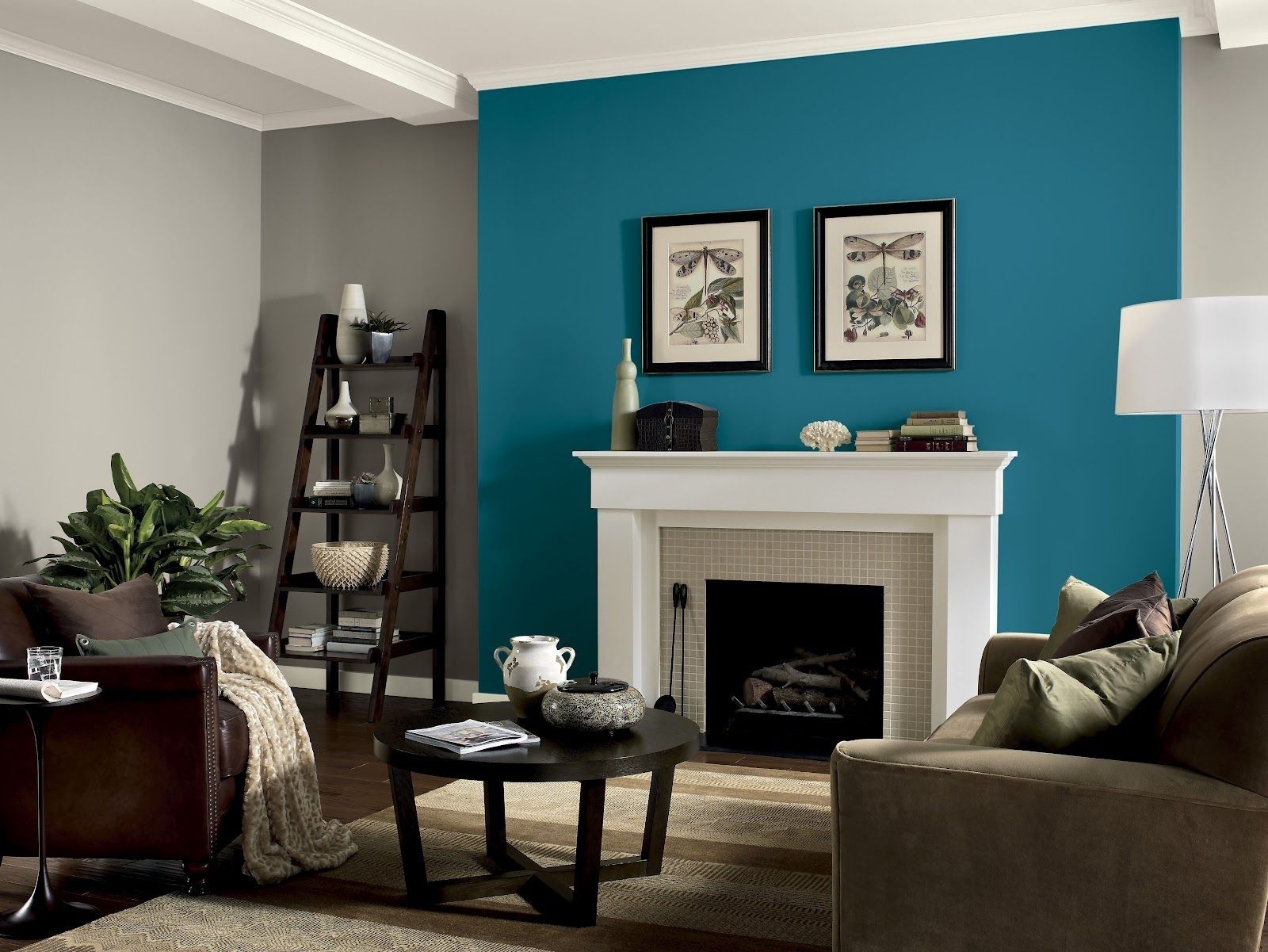
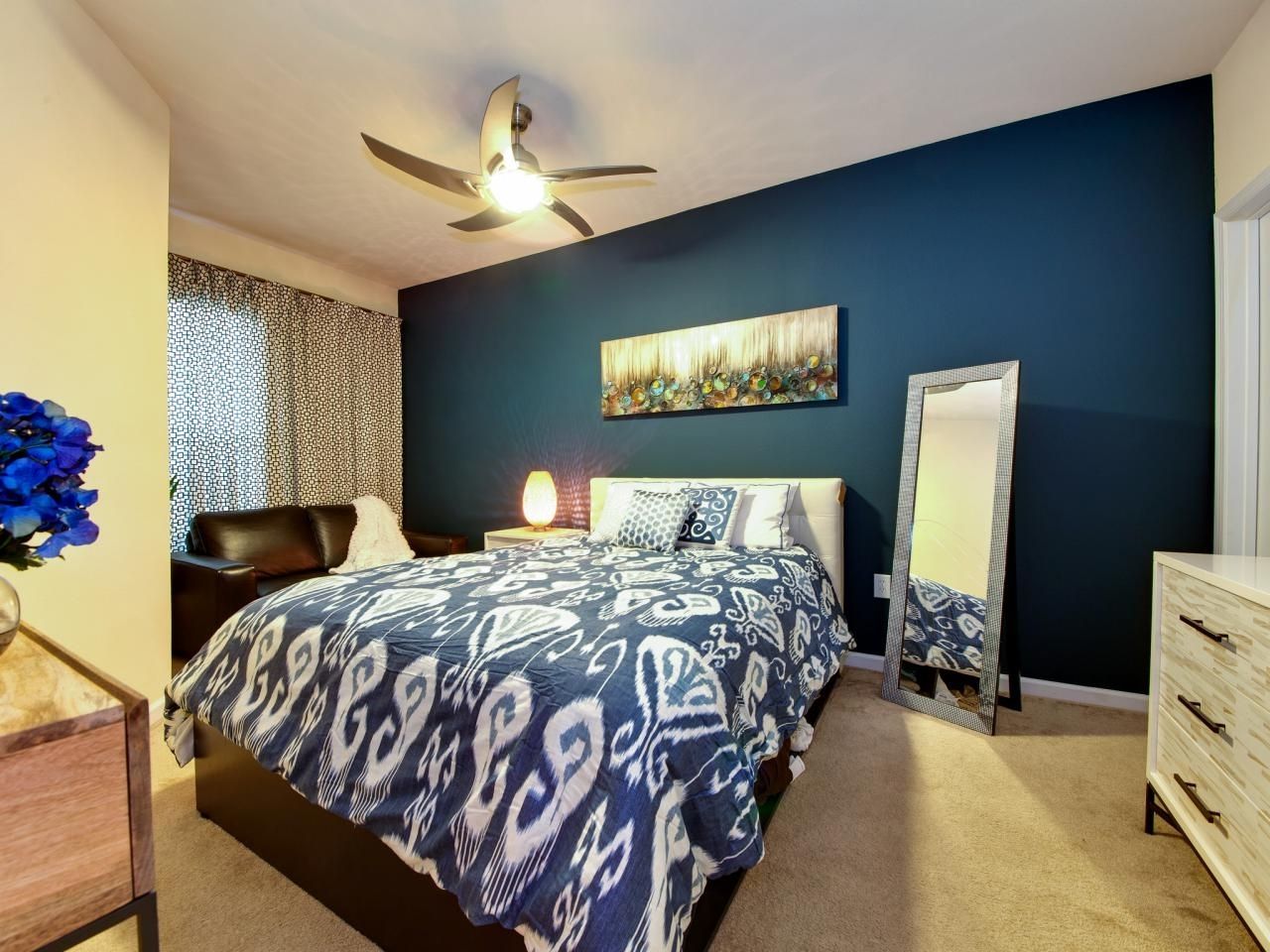
/accent-wall-58a6a5e75f9b58a3c9c80d2e.jpg)
:max_bytes(150000):strip_icc()/TraditionalDining-Purple-OA-56a192075f9b58b7d0c0bc59.jpg)
